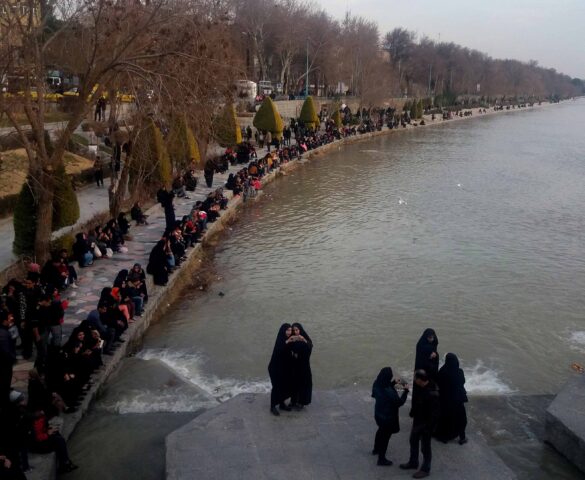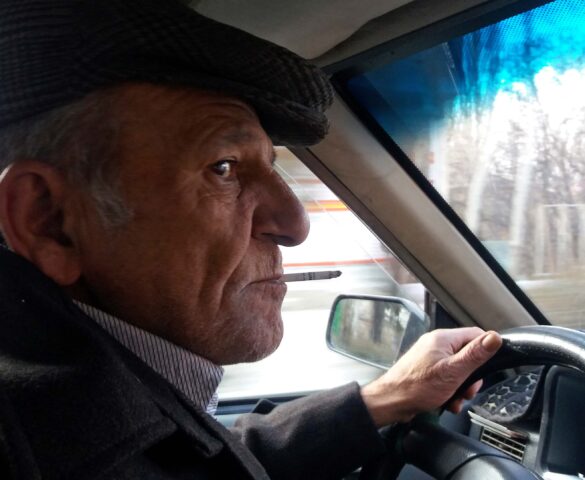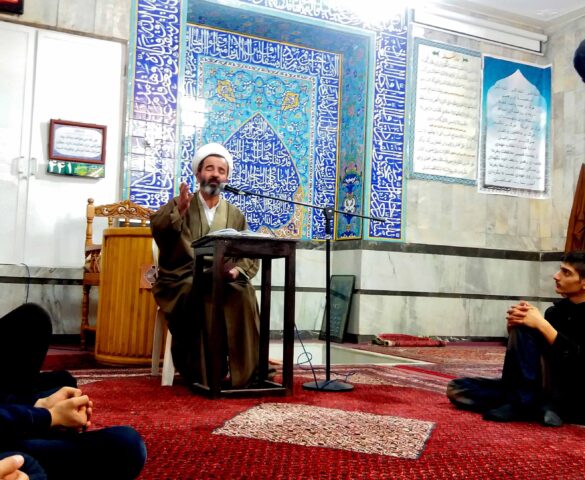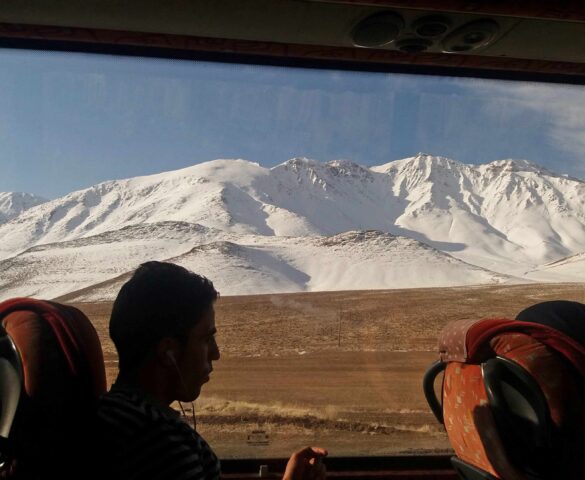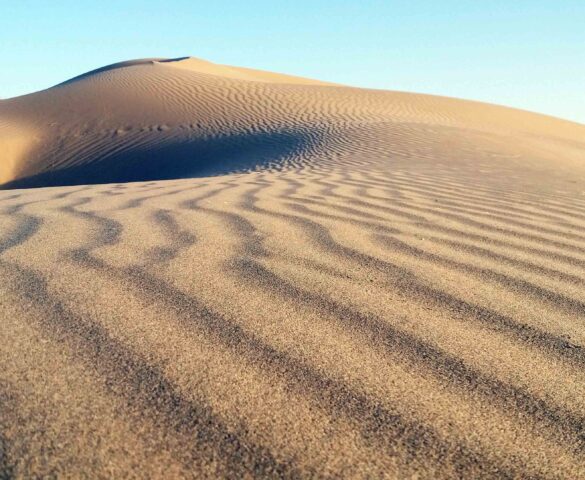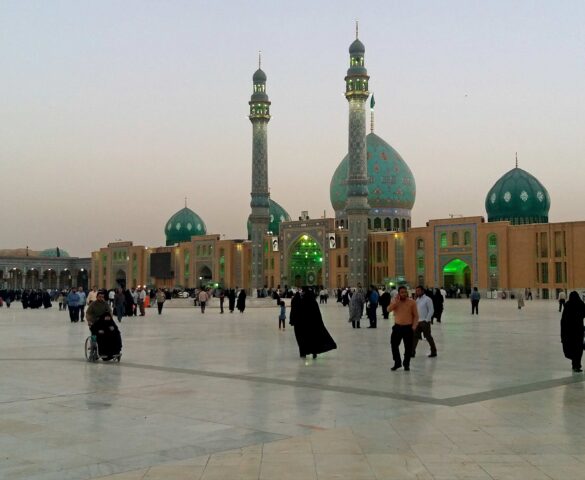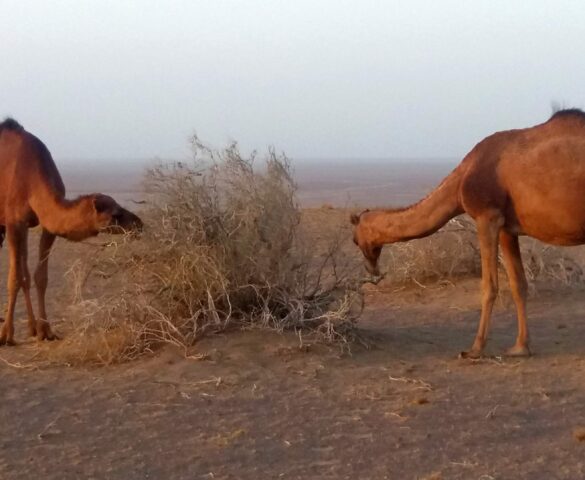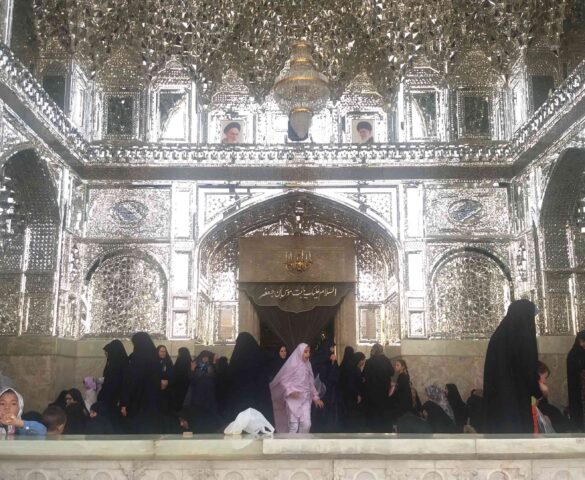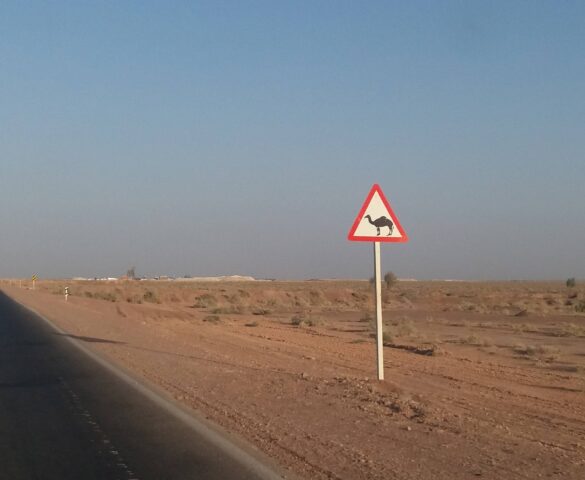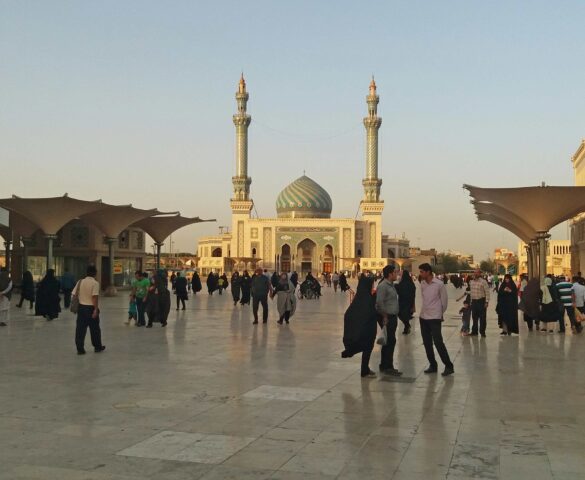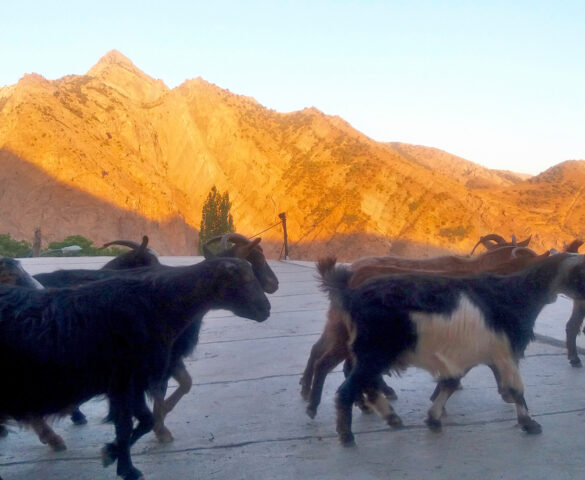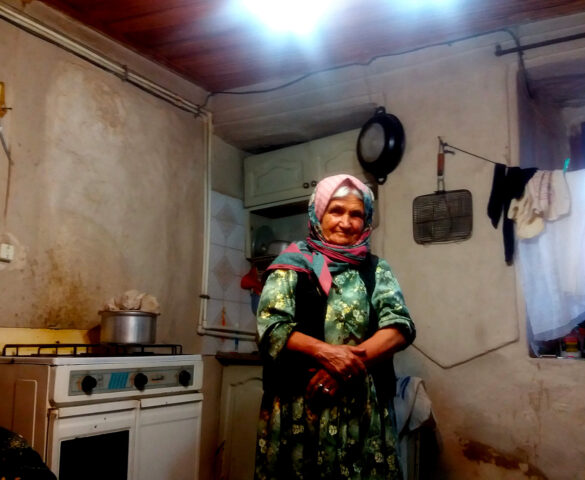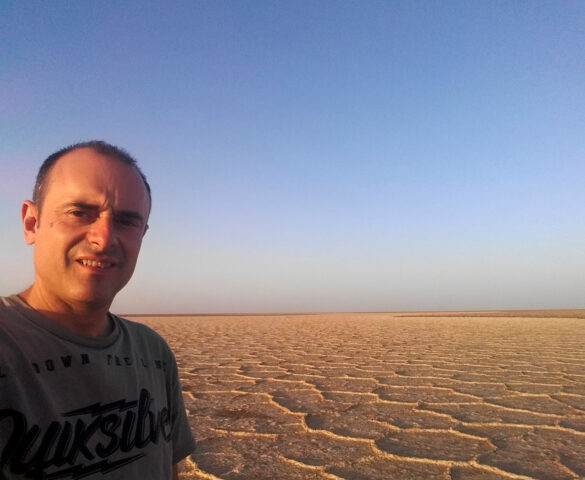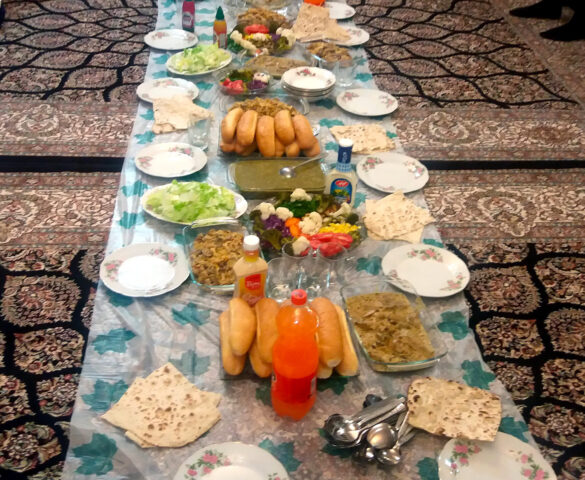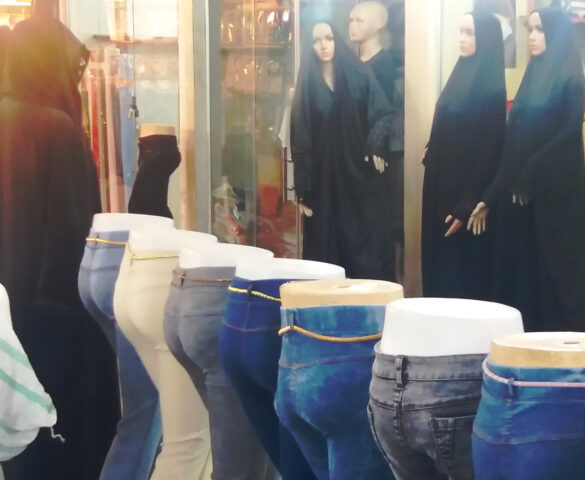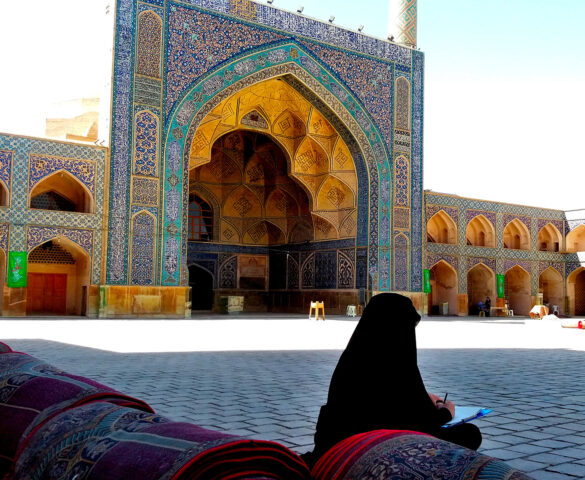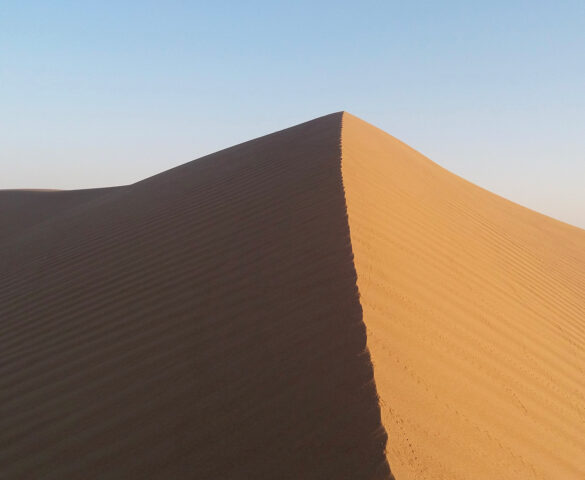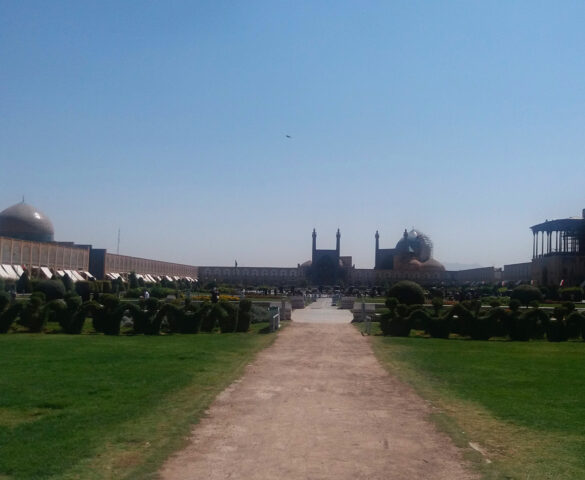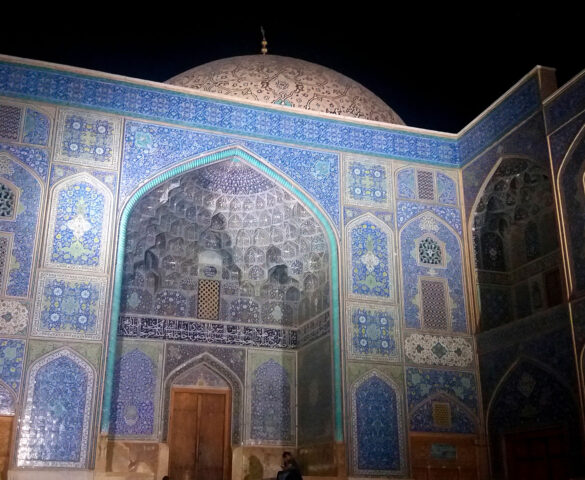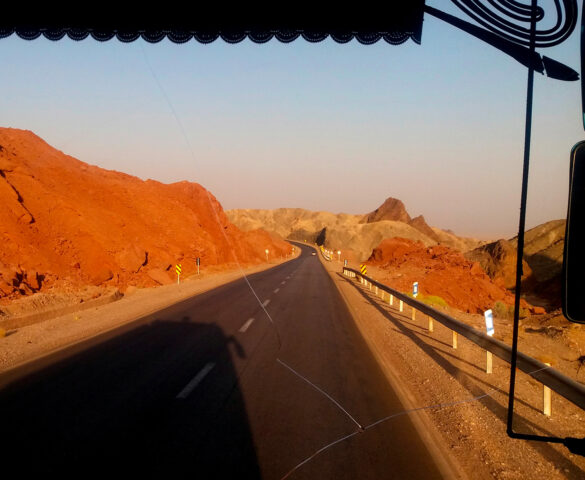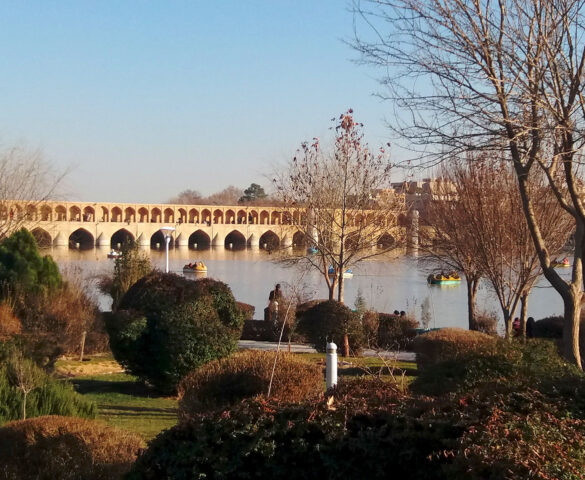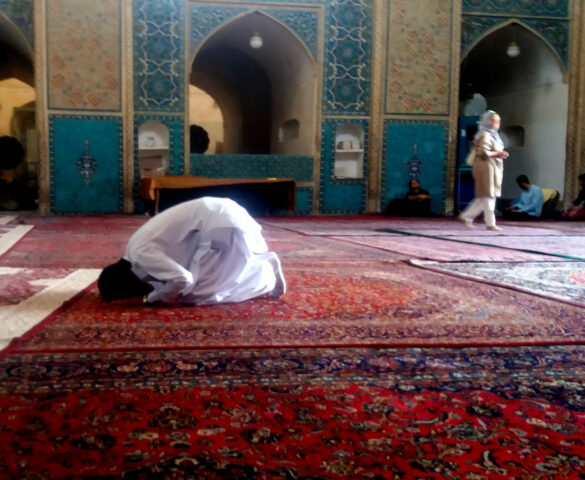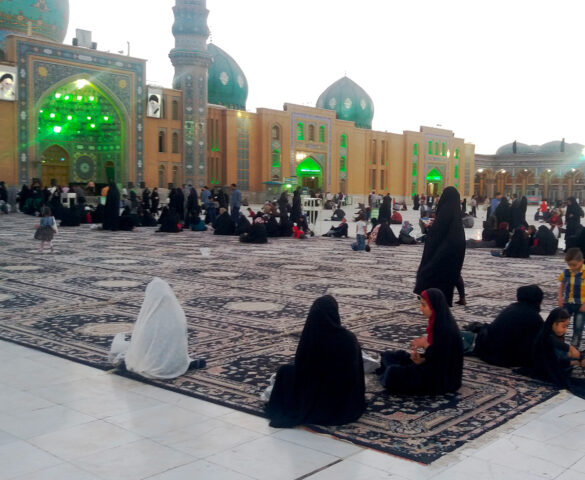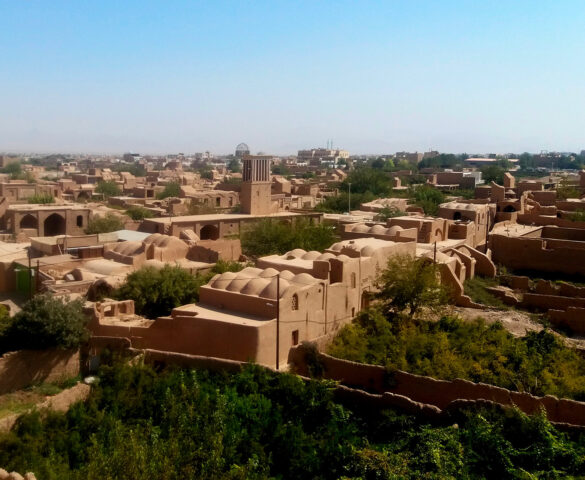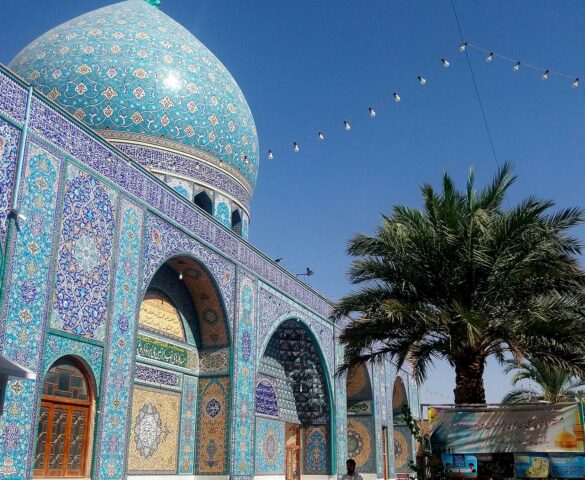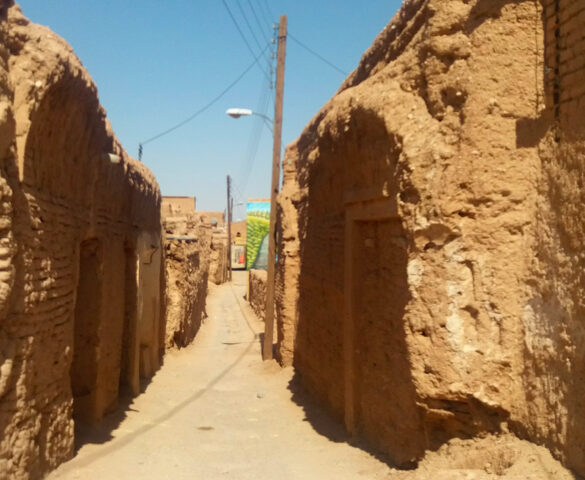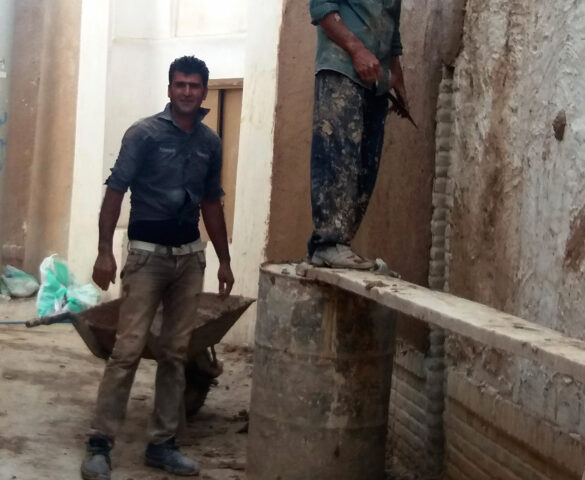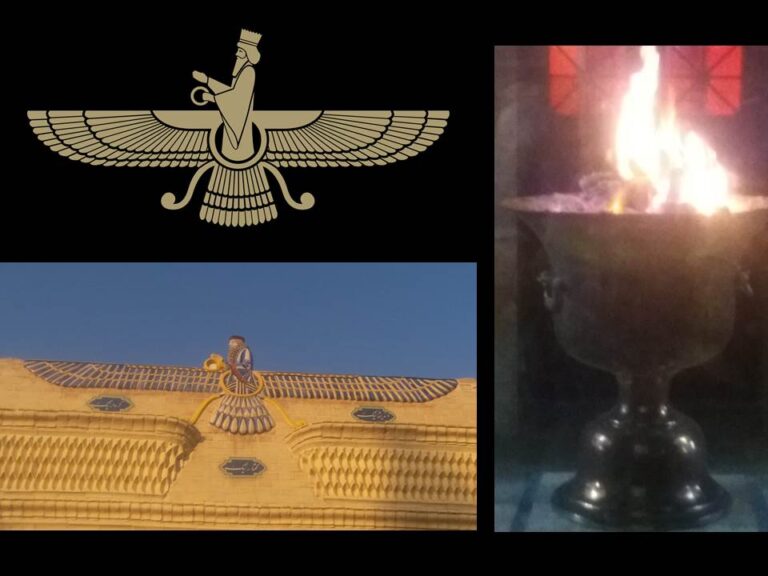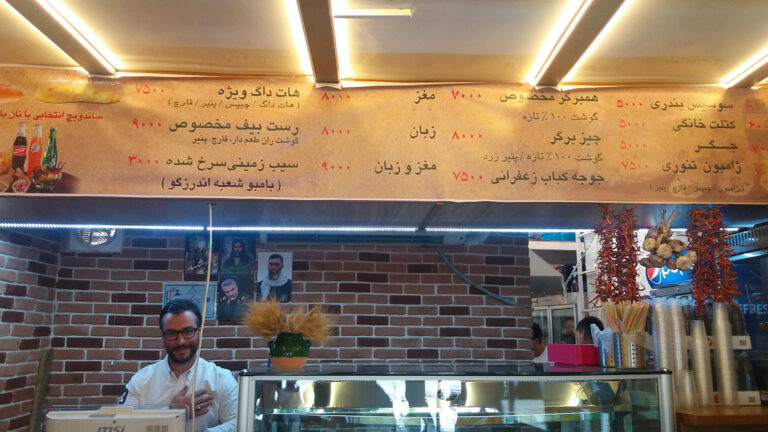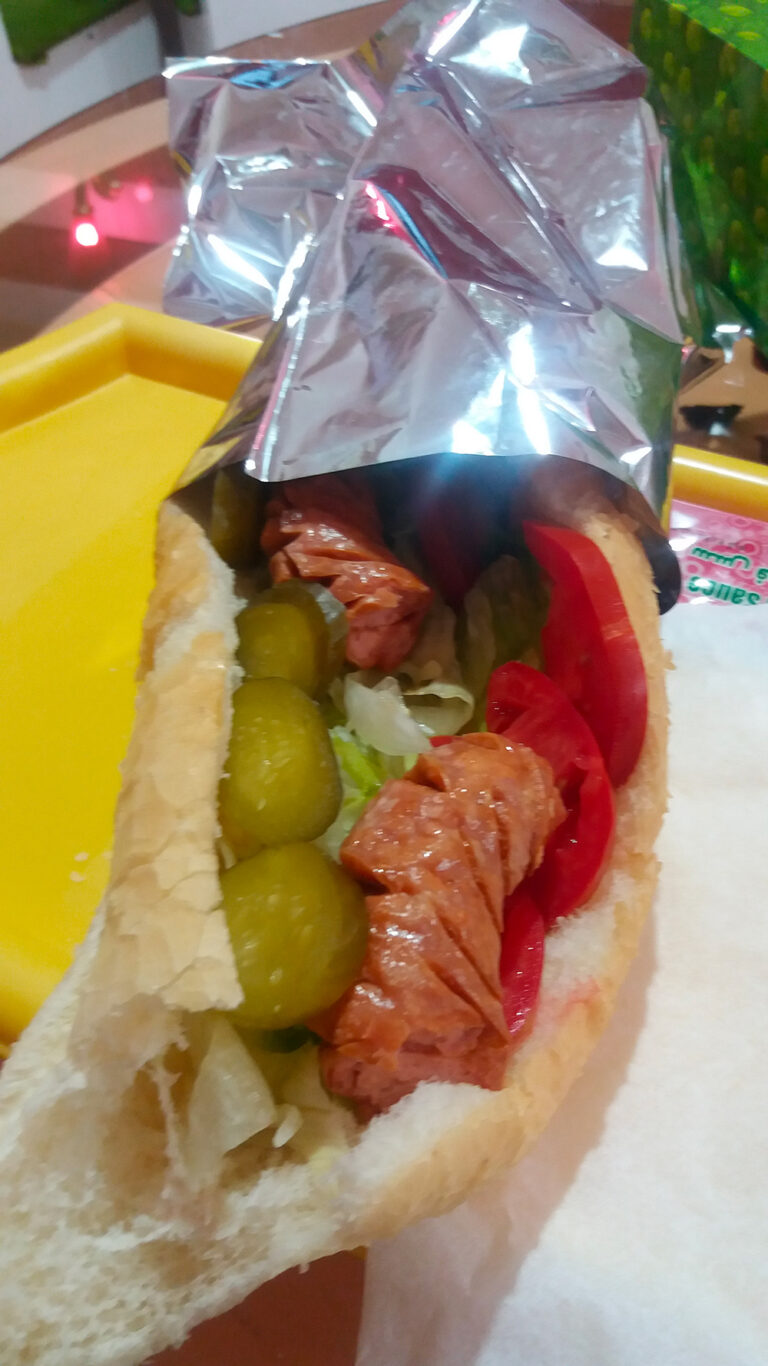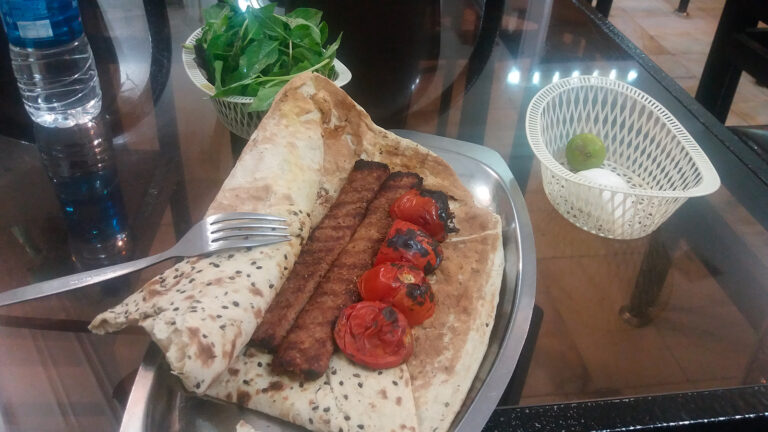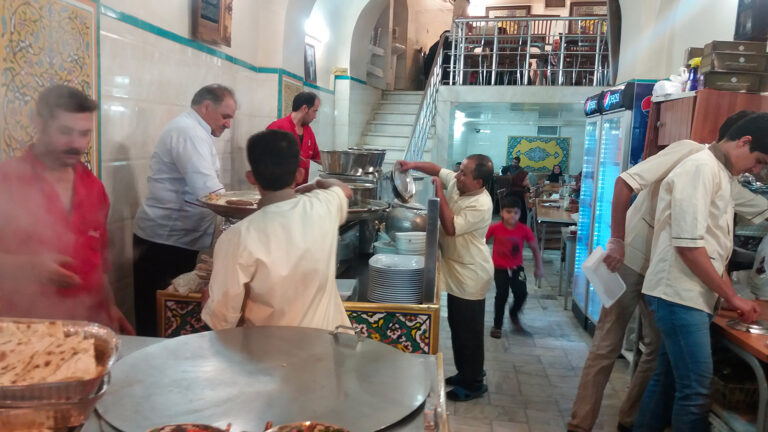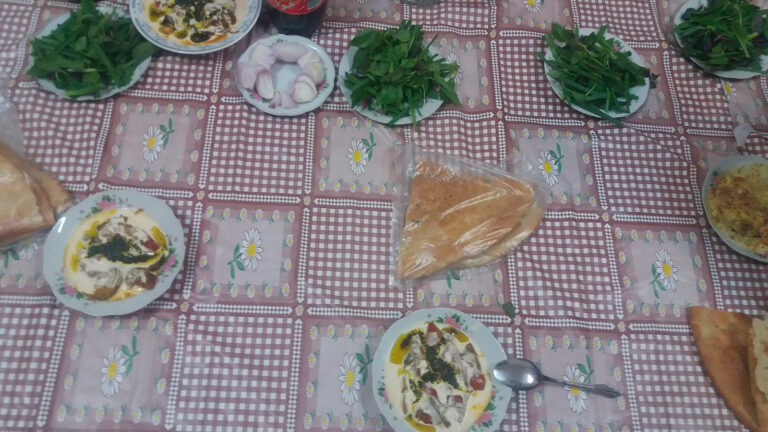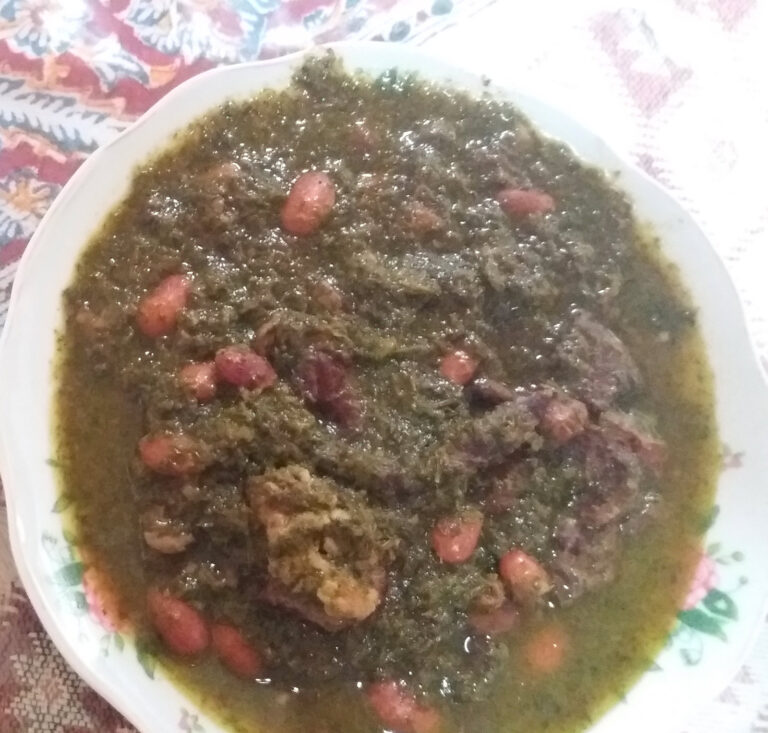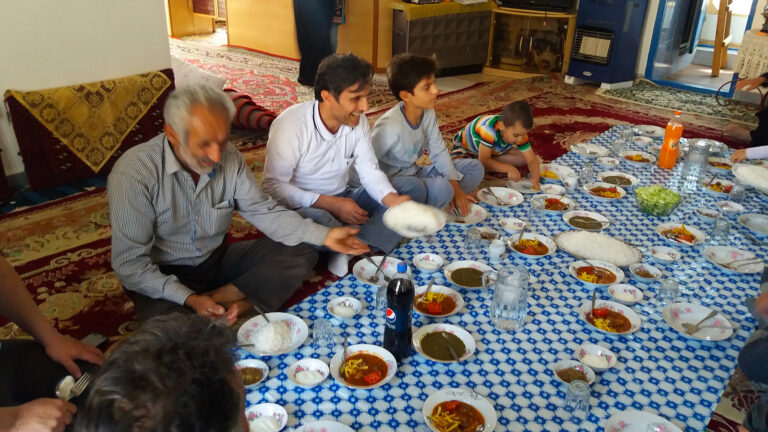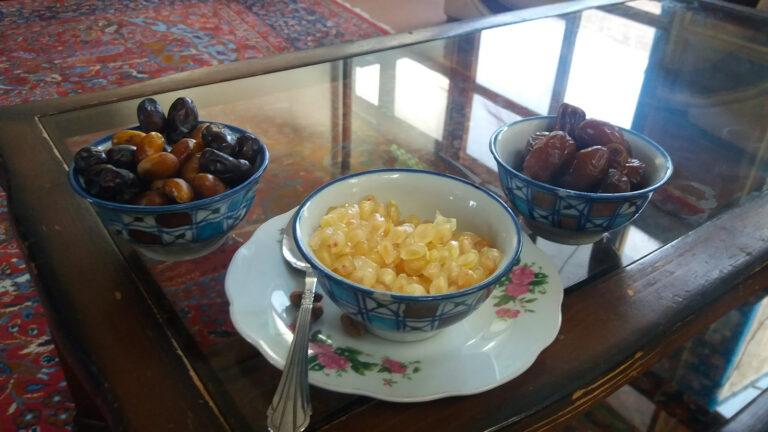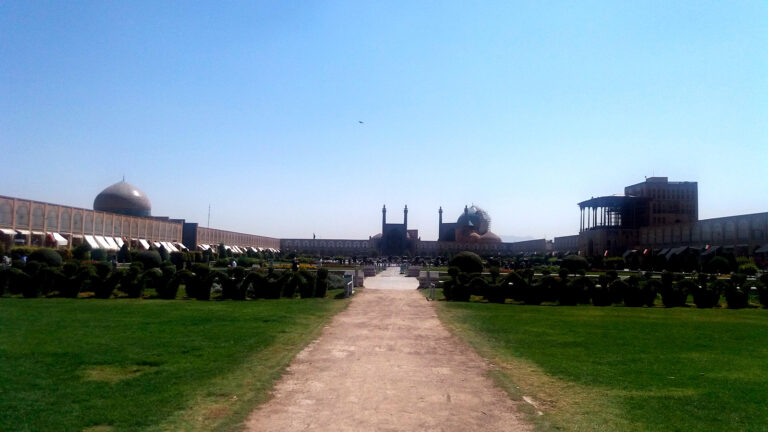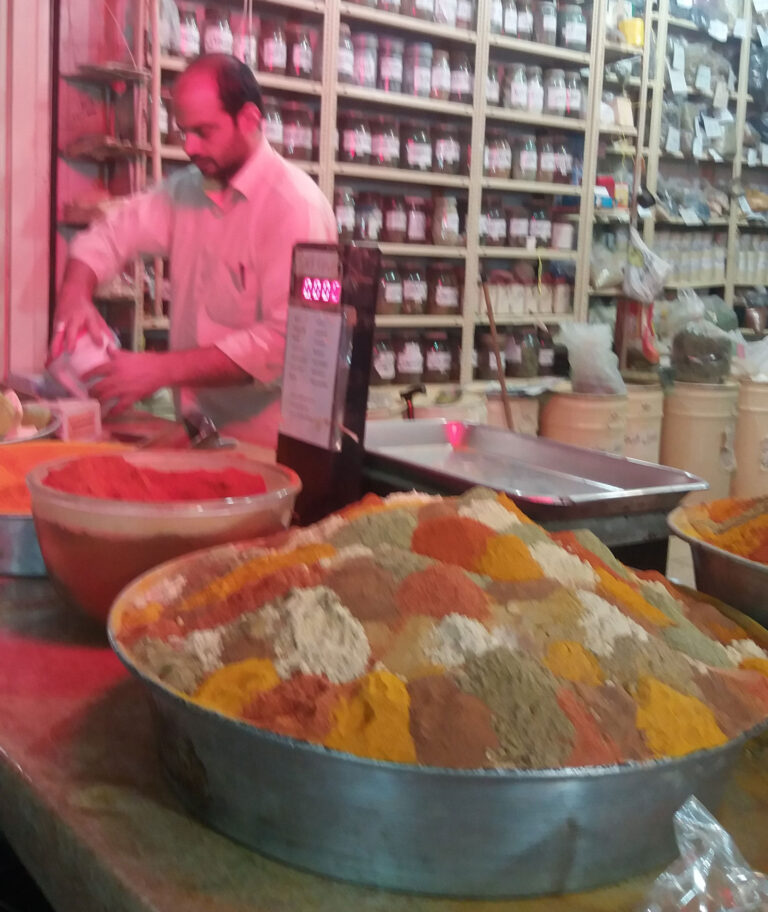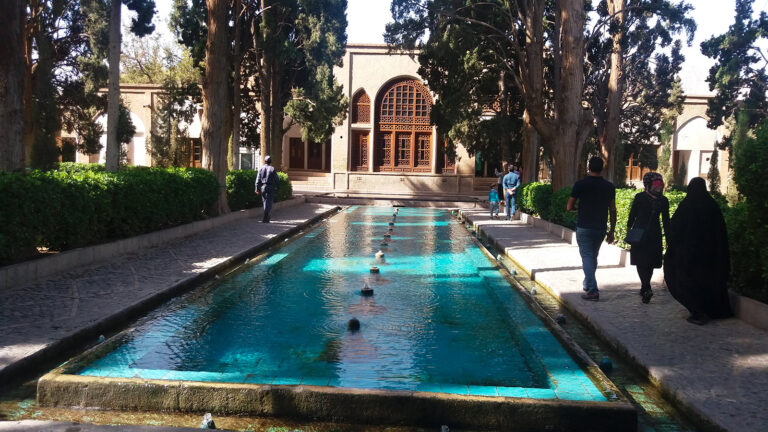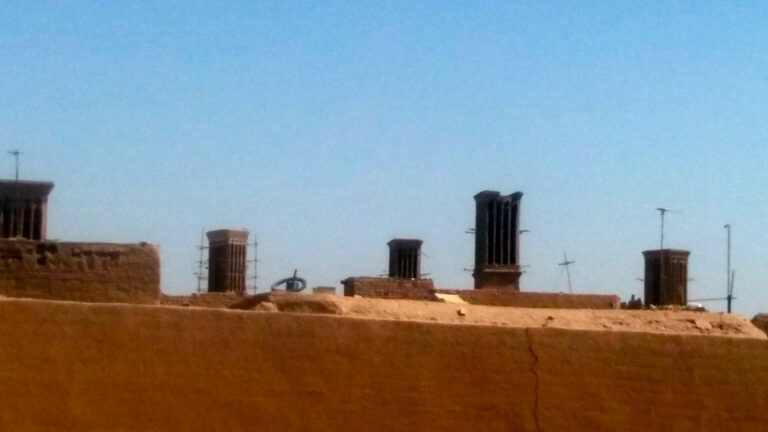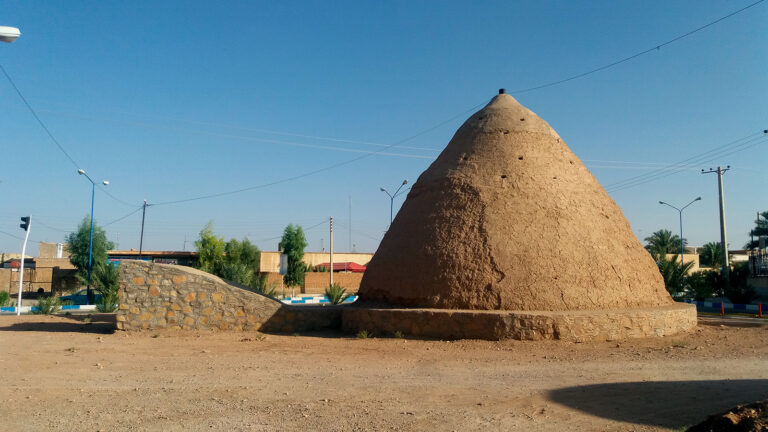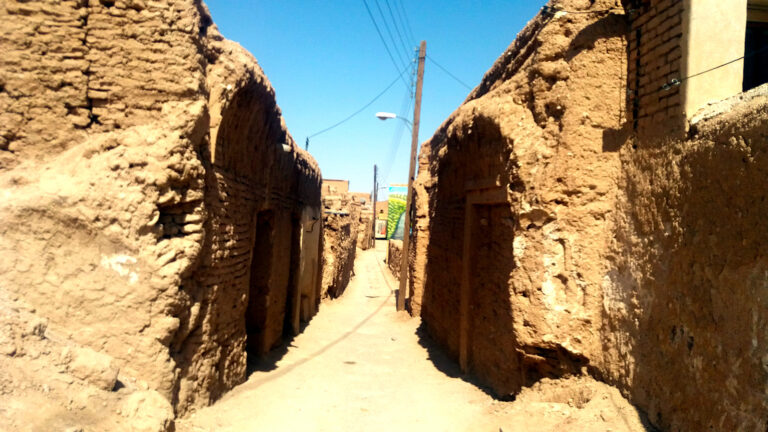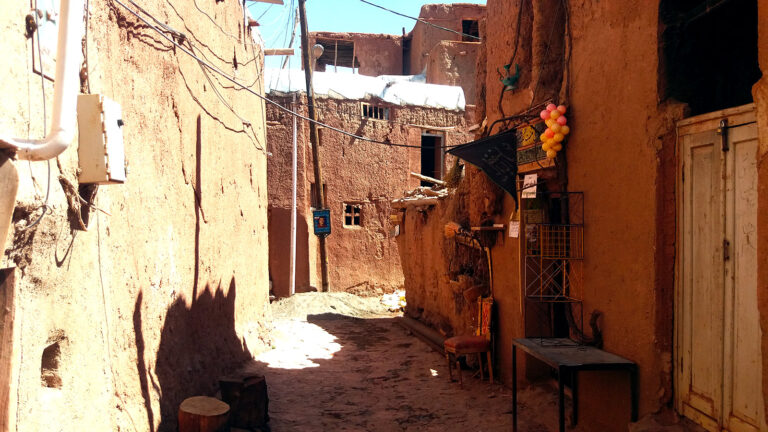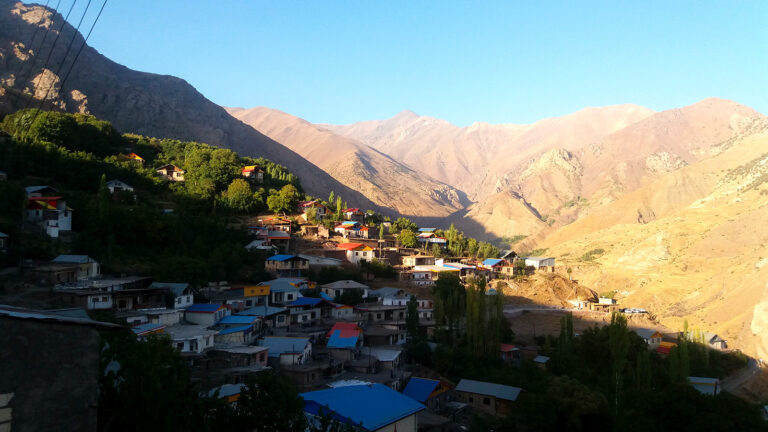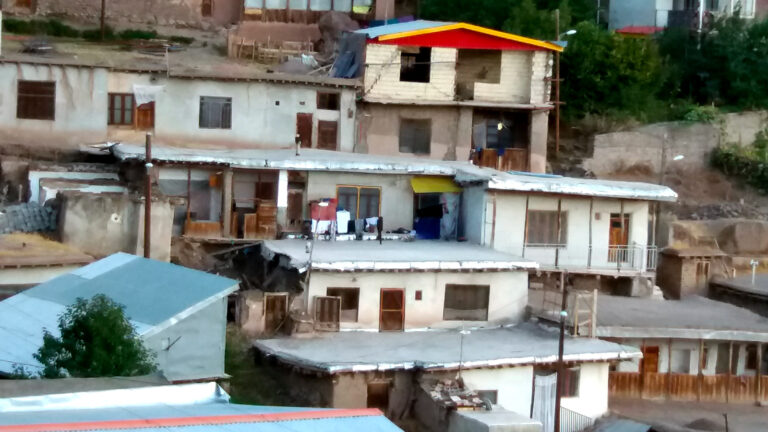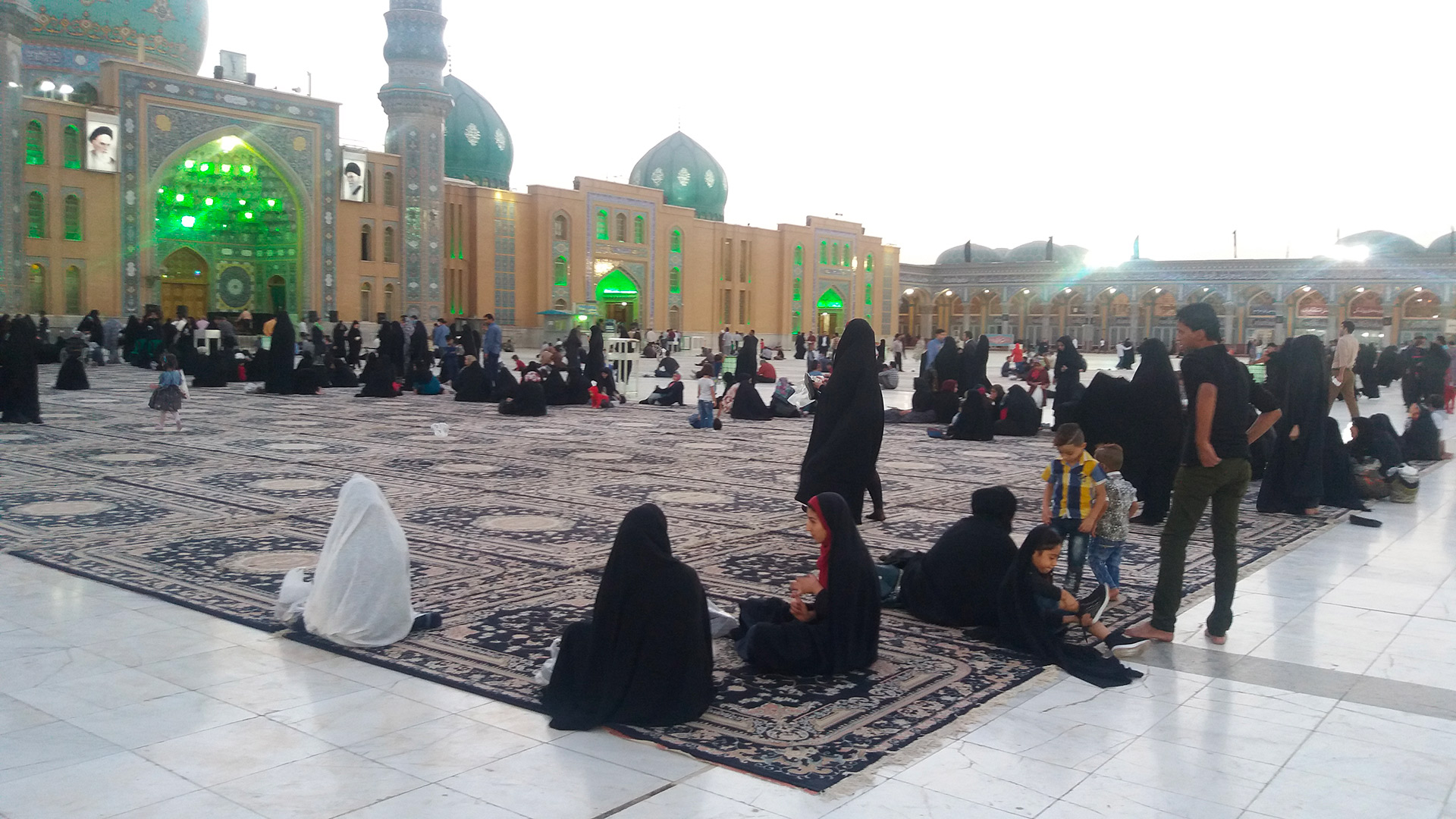
Fragments of worlds
My Fragment of Iran
Irane man (My Iran) – Iran beyond the veil
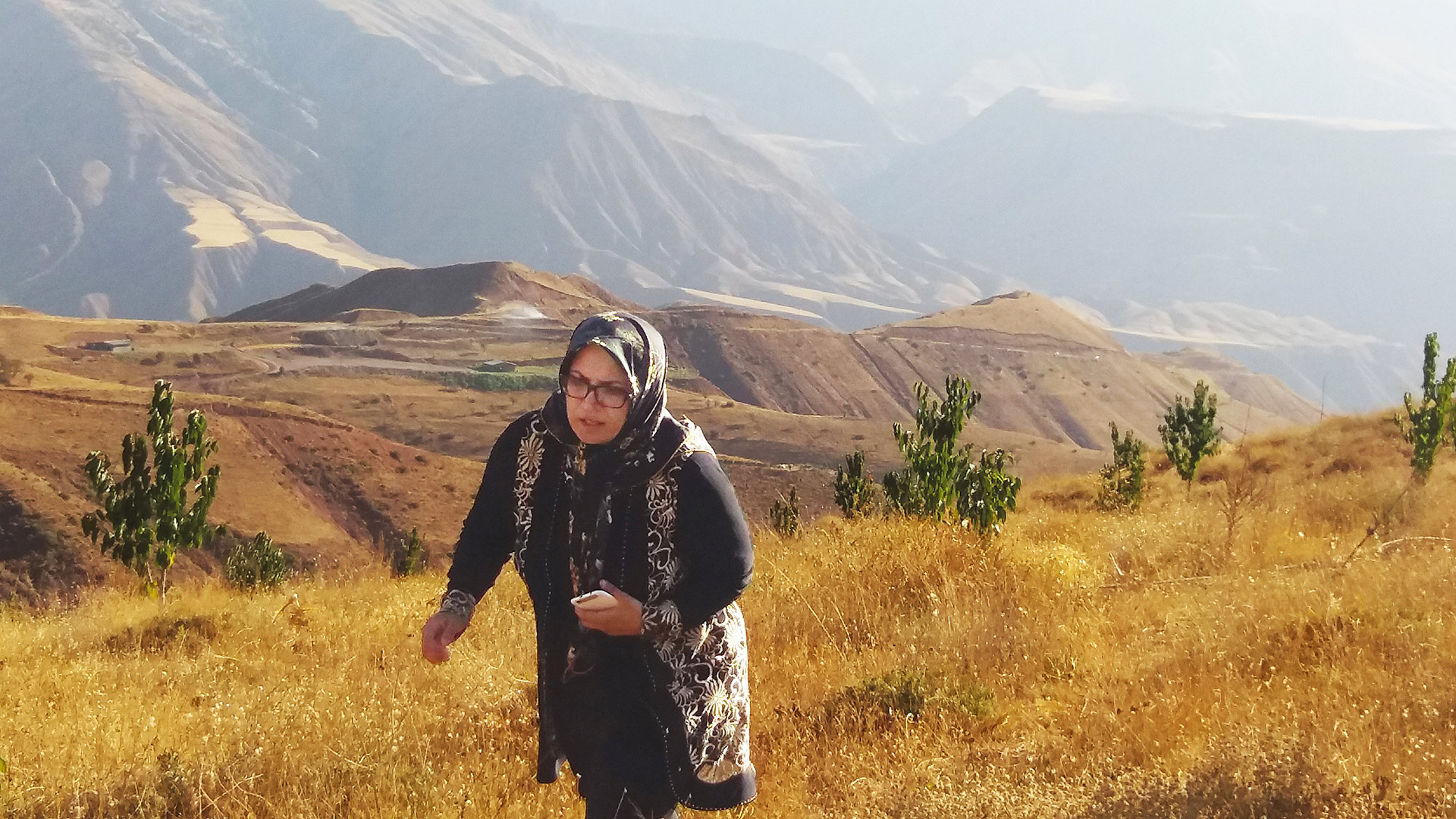
Fragments of worlds
My Fragment of Iran
Irane man (My Iran) – Iran beyond the veil
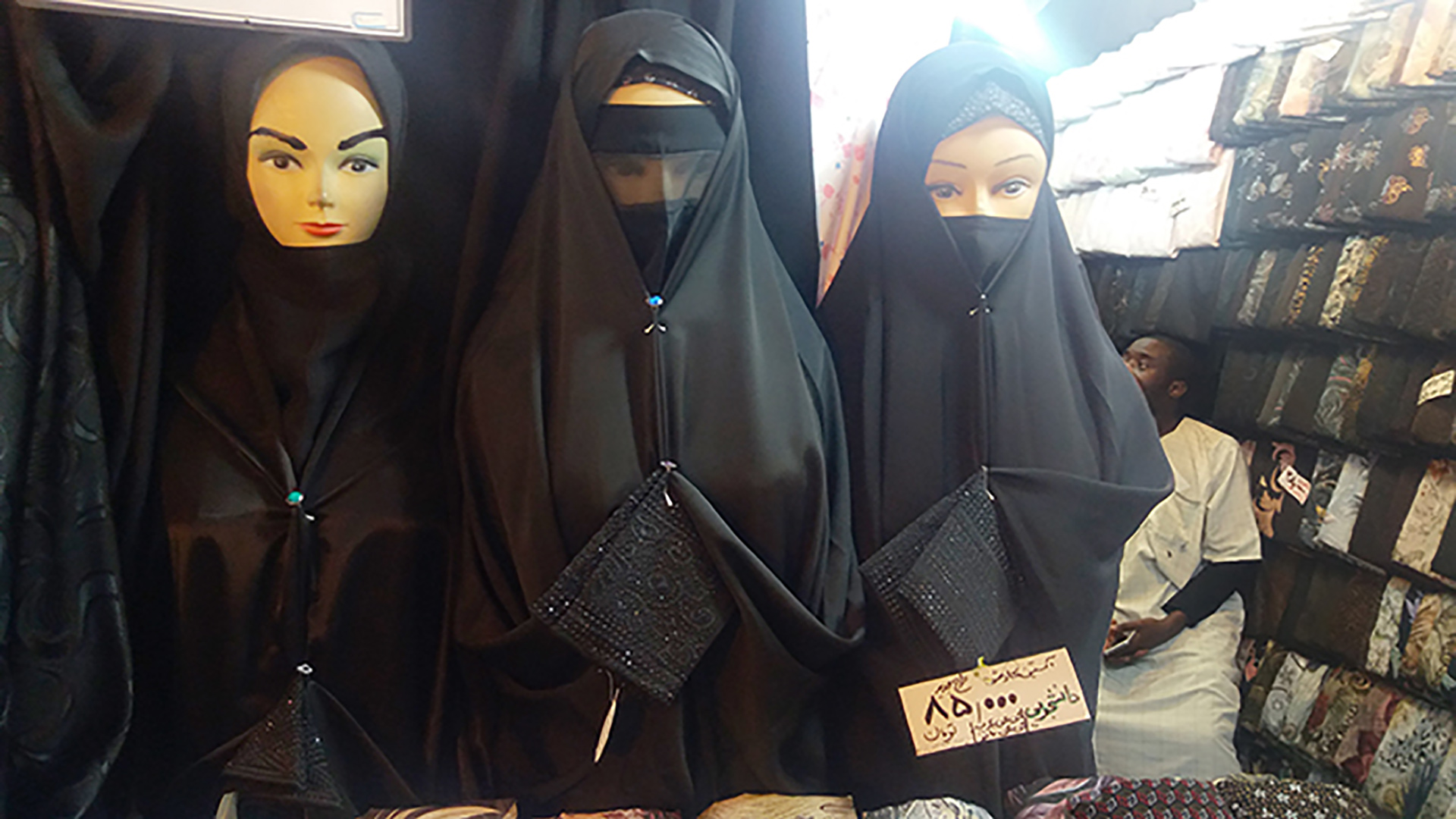
My Fragment of Iran
Fragments of worlds
Irane man (My Iran) – Iran beyond the veil
Irane man (My Iran): Iran beyond the veil
I’ve been in Iran twice: the first time to travel, the second to visit my new friends. I promised them to introduce Iran and its people
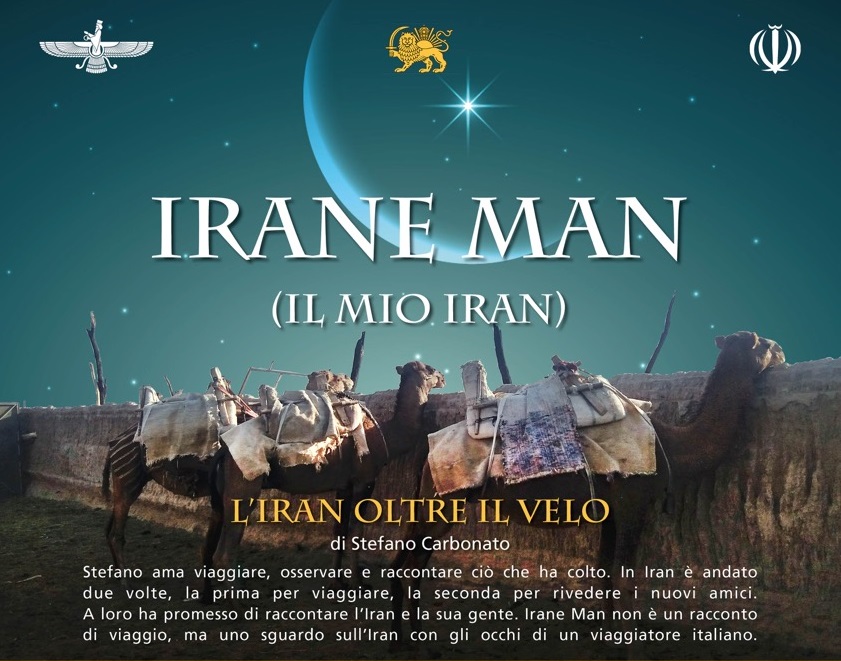
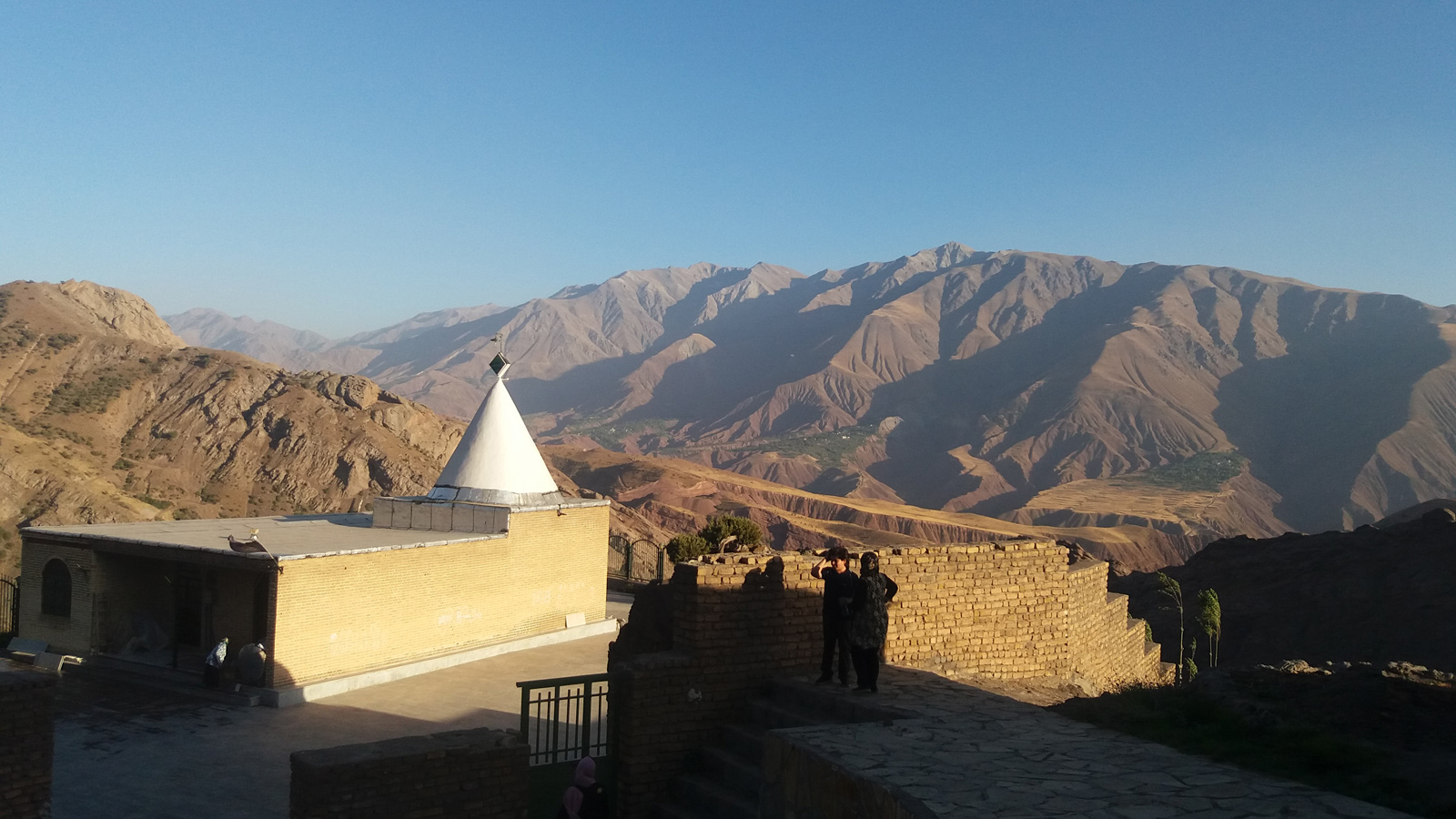
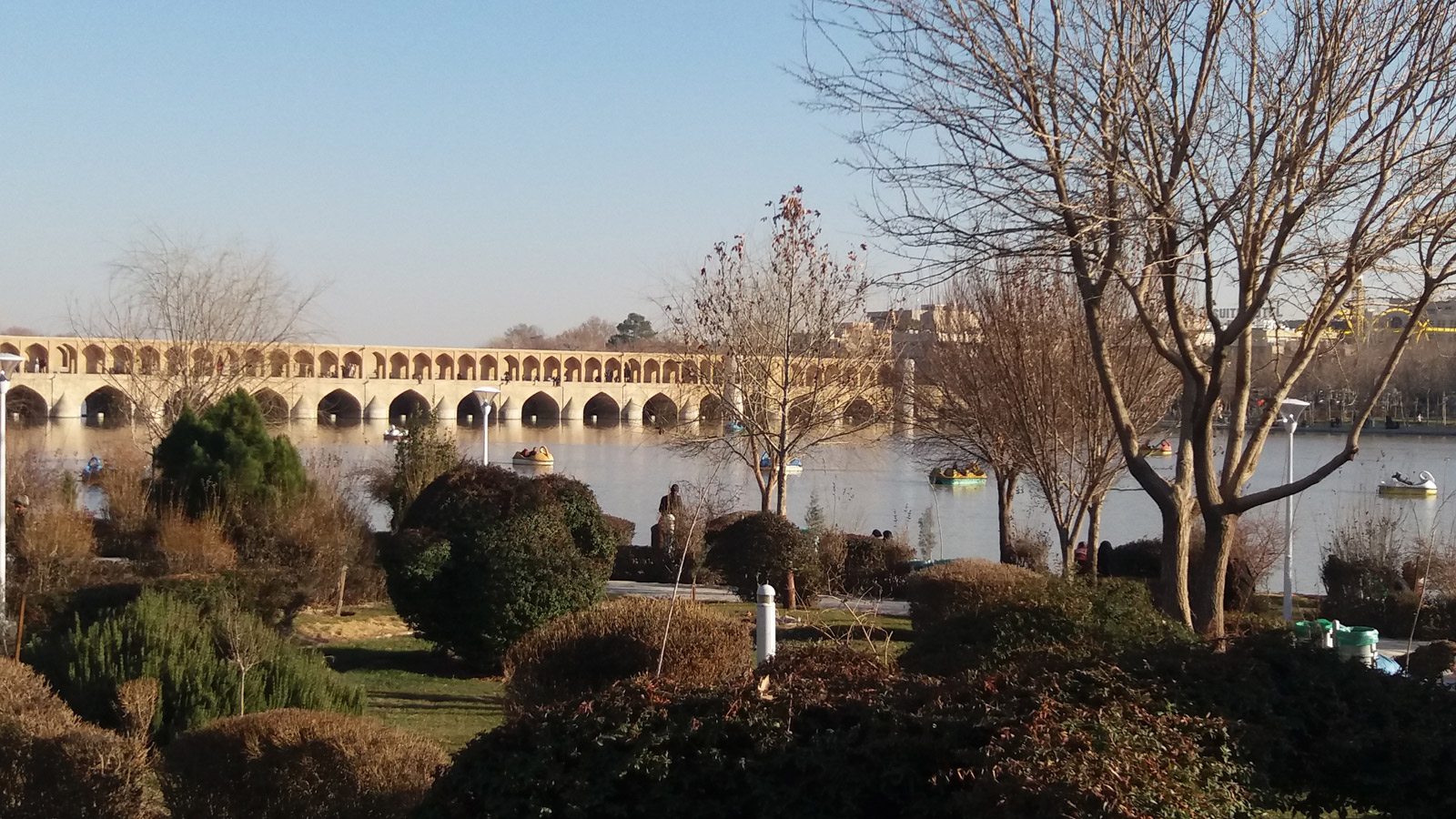
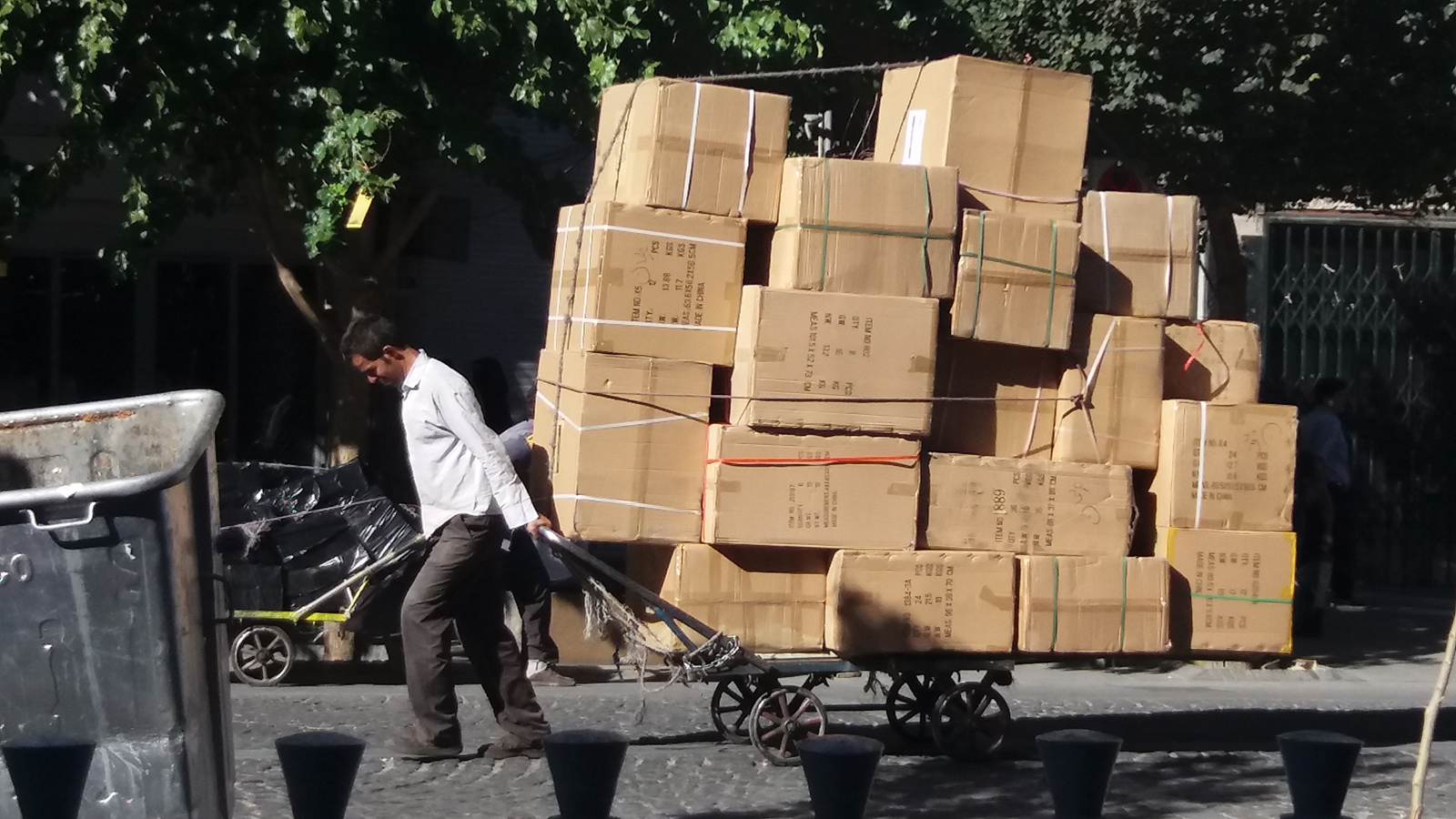
Here you can leaf through my fragment of iran, that is my focus on this country; provides an insight into historical, geographical, cultural and many other points of views, following paths traced by my travel photos.
A subjective and not exhaustive overview, as result of my personal travel experience.
To increase knowledge before traveling to this country or simply for spirit of knowledge
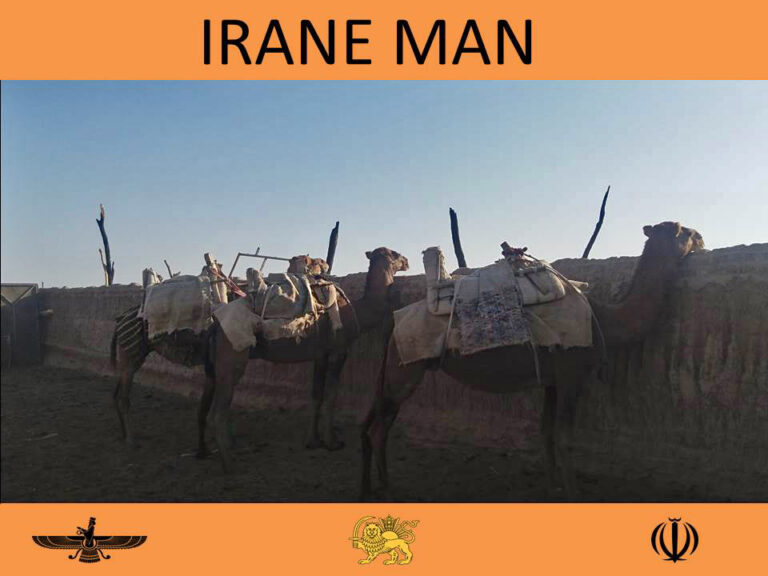
When I said “I’m going to Iran”, everybody told me ”you are crazy! Why you wanna go in such a bad country, with war and terrorism”.
Instead I’ve discovered a very cheerful friendly and welcoming people; walking on the road you can easily make friendship with people. And noone stops you for getting money o selling anything
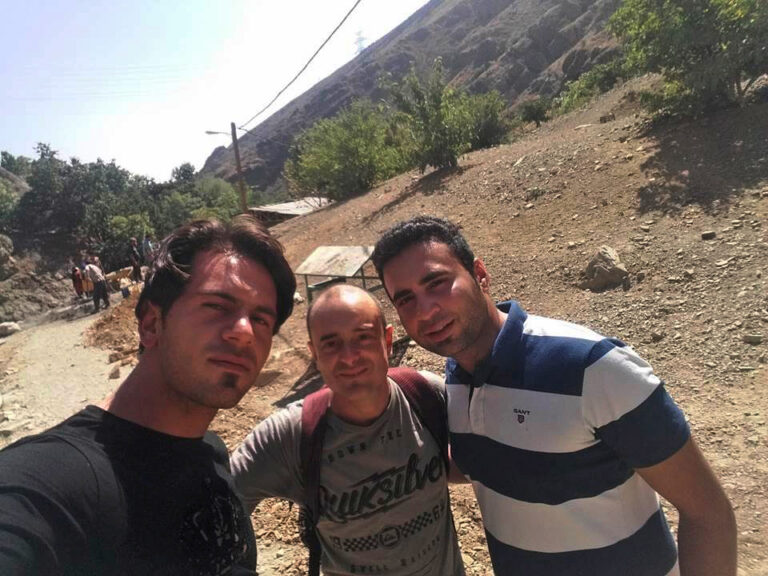
I met these guys in a restarurant. They invited me to join them and paid for my lunch; in the evening they drove me to visit Tehran….and at the end of it I couldn’t get even a rial out.
In Iran it may happen that you meet an iranian family who invites you to join them.
I met this family during a trip on Elburz mountains, in the Alamut valley; one of these women spoke an excellent english and just soon she invited me to join them.
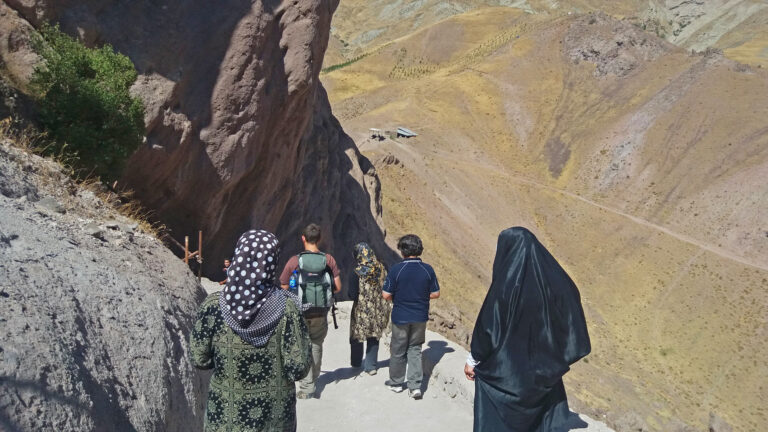
They drove me to their relatives house where we had lunch together.
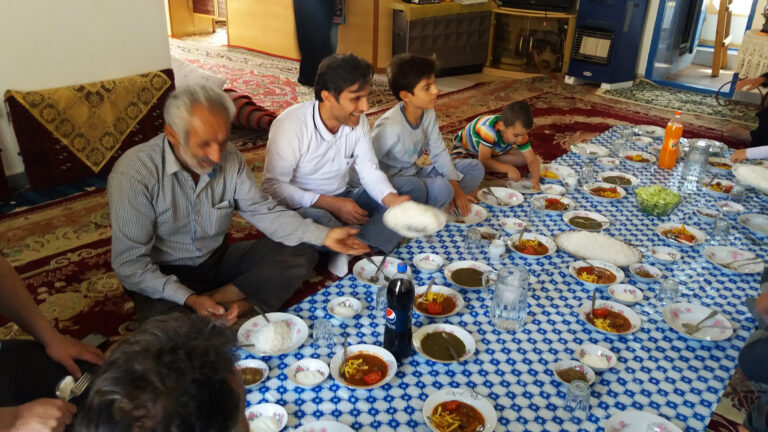
Then they drove me to visit the surroundings and finally to their house in Atan, a remote village between Elburz mountains where we had dinner
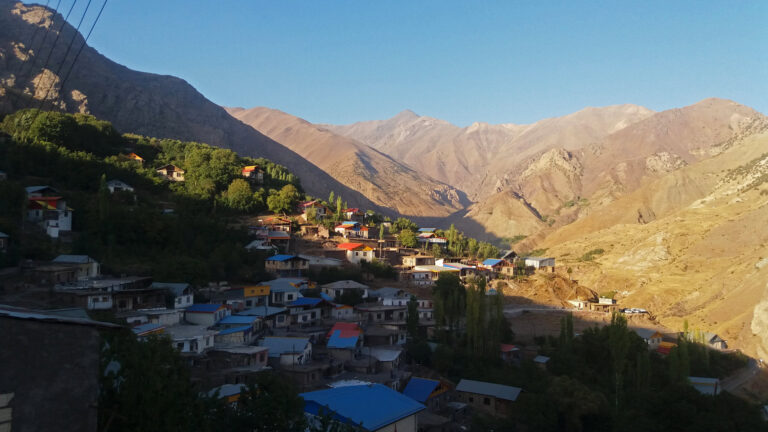
After that, I was their guest for sleeping, and when the day after I had to come back, they paid for me tha bus ticket
The image below, shows one of the iranians habits: unrolling carpets in front of the Mosque at the sun set and and stay together sitting on them.
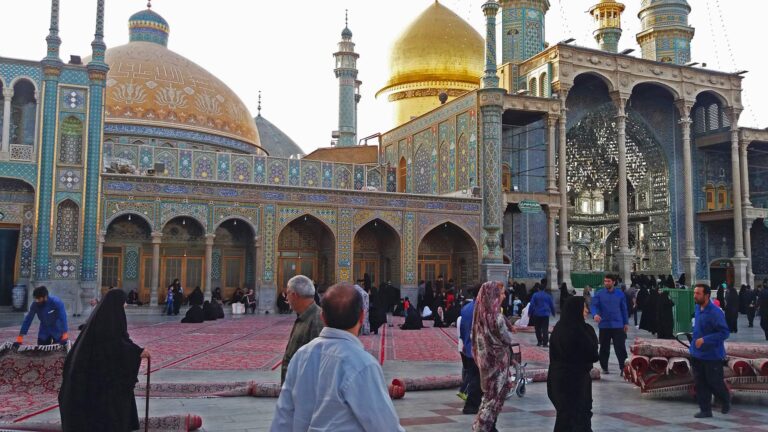
Leads me to introduce a sensitive topic: Iran and Daesh.
I chose this picture beacuse sitting together on the
carpets gives me an idea of peace and spirituality that is symbolically opposed to the violence of terrorism
Iran is a Shiite country, perpetually in conflict with the Sunni Islamic faction
Shiite iranians are therefore a potential target of Daesh which is inspired by Salafism, a Sunni current. It is therefore paradoxical to identify Iran with Daesh.
There are In Iran some restrictions, wanted by the current leadership, which many foreign travelers are unable to understand and in which also part of the population does not recognize itself.
The best known is that women are obliged to wear the veil; but there are others
For example in Iran dancing is forbidden.
But iranians like dancing, so they do the same, away from prying eyes: for example in private houses or in places like this: the salt desert
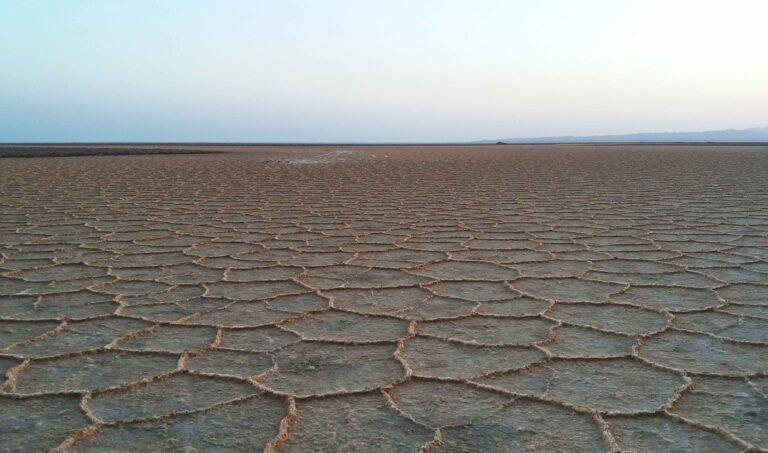
I once danced on a bus with unrestrained iranians on a trip to mountains; with the window curtains strictly drawn…
Dancing with them in the bus corridor holding tight for not falling down in the curves, was an unforgettable experience.
This map outlines the topics of my “Fragment of Iran” , to whom I’ve assigned a persian title: “Irane man”, that means “My Iran.

Not a travel story, but a small trip to Iran, seen through my eyes of traveler from many points of view as result of my personal travel experience.
History
The Iranians discend from tha ancient Persian empire, whose extension you can see in the picture below, and that around 500 BC tried to invade the classical Greece
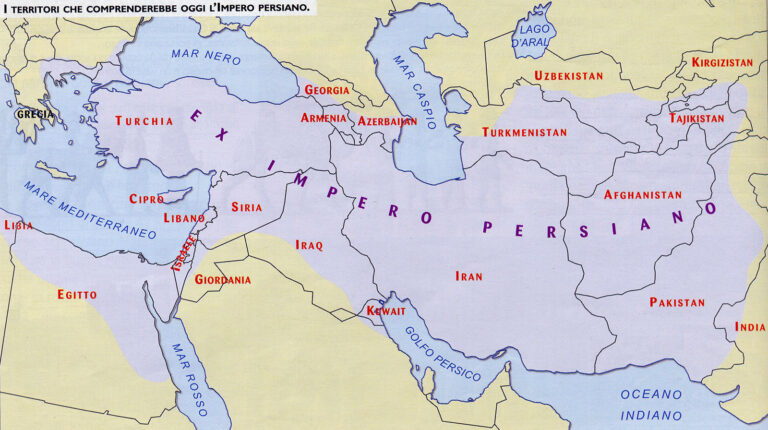
And really the Greeks called “Persia” the homeland of this invading people, while Iran is the original name meaning “Land of the Aryans”, where the root “air” derives from the Indo-European and means “noble”.
Therefore Iran means “Land of nobles”
Farsi, which is the iranian language is therefore an indoeuropean language, as almost every language spoken in Europe today.
If you want to get an idea about this linguistical affinity, think about the significance of the word “Aristocratic” which the same derives from the root “air”
Around 650 AD Persia was invaded from arabians that introduced Islam in the country.
You can see the steps and extent of the arabian expansion in the image below.

After the Arabs hovewer a lot of conqueors arrived in Iran, from Gengis Khan to Tamerlane.
So identifying iranians with arabs is inappropriate.
In general it is wrong to identify muslims with arabs (Indeed the term “arab” refers to the inhabitants of the Arabian Peninsula and is now extended to Arabic – speaking peoples).
I insist on this topic not because being arabians is a bad thing, but because iranians dislike to be associated with arabians, with whom they are in perpetual conflict.
And this is one of the first things they care to emphasize.
The key year of the recent history is 1979, when islamic revolution, led by Ayatollah Khomeini, happened. Khomeini was representing the highest religious shiite office.
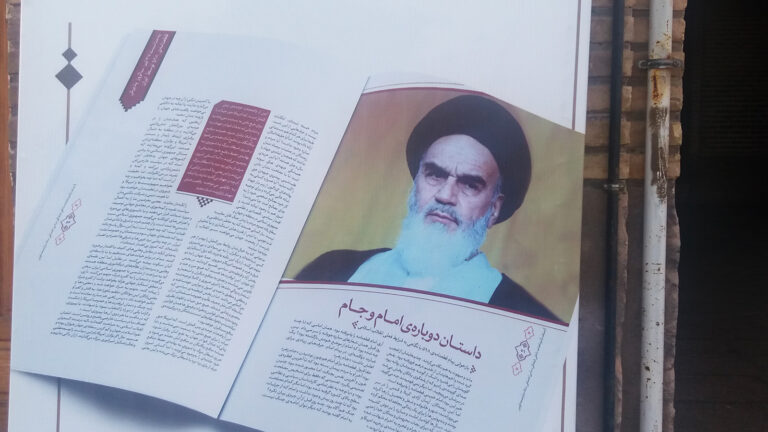
Revolution, which found fertile ground in the general dissatisfaction of the people, led to the sent away of the monarchy which at that time was run by the Shah Reza Pahlavi who ruled the country with a pro-Western policy and who was accused of great corruption.
The revolution was masterminded by several factions hostile to the Shah, such as religious conservatives, the Communists and the Kurds.
But in 1979, when the riots that led to the expulsion of the Shah broke out, Khomeini returned from exile in France and Islamized the revolution, ousting all other factions; he founded the Islamic Republic and consecrated it with a referendum that got 98.5% of votes in favor.
Just after the revolution, which caused the lock out against the West, Saddam Hussein’s Iraq invaded Iran and led to the bloody war Iran Iraq.
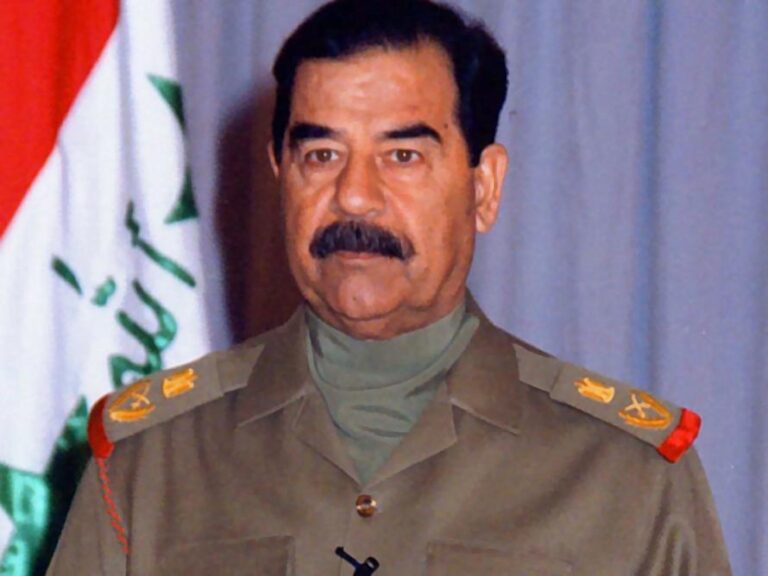
The war ended eight years later with the borders between the two states unchanged and resulted in 500 thousen – 1 million casualties.
Western countries let it happen and U.S.A. indeed sold weapons to both the challengers, secretly to Iran because it was considered an enemy country.
Proceeds from the illegal weapons sale to Iran, were used to support the Contras during the civil war in Nicaragua against the Sandinista government.
Everything came to light and went down in history as “Iran gate” or “Iran Contras.
In Iran the memory of the war is still fresh and everywhere there are posters like this that remind the boys who left their countries to go to find death at the front.
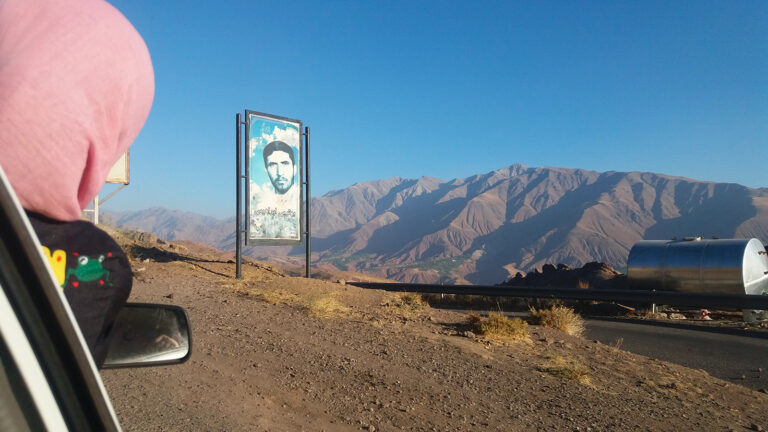
Just after the war Khomeini died and Ayatollah Khamenei succedeed him.
And to this day, Ayatollah Khamenei represents the highest office of the iranian theocracy.
Turning to the current news, an undeclared conflict is taking place nowdays in the Middle East, between Shia Islam, led by Iran and the Sunni Islam led by Saudi Arabia, West’s ally.
The stakes are the hegemony over the area.
Geography
Iran is one of the largest countries in the Middle East.
It borders many countries as you see on the political map.

From a physical perspective there are two important mountain ranges: on the north the Elburz mountains whose northern slopes end on the Caspian Sea; on the west the Zagros mountains.
The iranian higest mountain is Mount Damavand measuring 5,610 m located in the Central Elburz mountains.
These mountain ranges rise on the Iranian plateau dominated by two deserts: the Dasht e Kavir (salt desert) and the Dasht e Lut (sand desert).
The main cities sit right on the plateau, so quite at high altitudes. For example Isfahan is located about 1600 m.
On the plateau the climate is continental, with torrid summers and cold winters. In winter the cities are whitewashed by snow.
The climate becomes gradually warmer going south towards the Persian Gulf
Religion
Before the Arabs, the iranian religion was the Zoroastrianism, the first monotheistic religion in the world.
Symbols are the Faravahar (a sort of priest figure who stands on a bird’s body) and perennial fire, both visible in the Zoroastrian temples still existing in some areas of the country (for example in the city of Yazd).
It has been pointed out to me that the cover image of my “Fragment of iran” does look a little Christmasy. This has a meaning because the Christian tradition’s Magi were Zoroastrian priests. Nowdays, the Zoroastrianism is still practiced in some areas of the country.
But, since Arabs coming, up until now, the religion practiced in Iran is Shiite Islam which has always opposed the Sunni Islamic majority.
Shiites represent a more moderate Islam, which comes from a less literal reading of the Koran. For example, Shiites enter Mosque without shoes, but without first washing their feet as Sunnis do.
Mosque is the main house of worship, and it is clearly built to amaze and indeed some of them are wonderful!
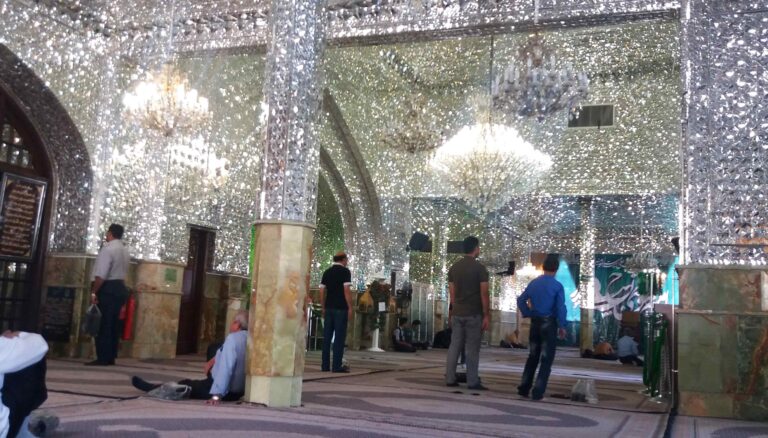
As well as a place of prayer, Mosque is also a meeting and relaxation place; this element differs from the Christian Churches where usually people go just to listen to the religious celebration or to pray. Iranians unroll carpets in front of the most important mosques at sun set and stay together sitting on them to spend the evening.
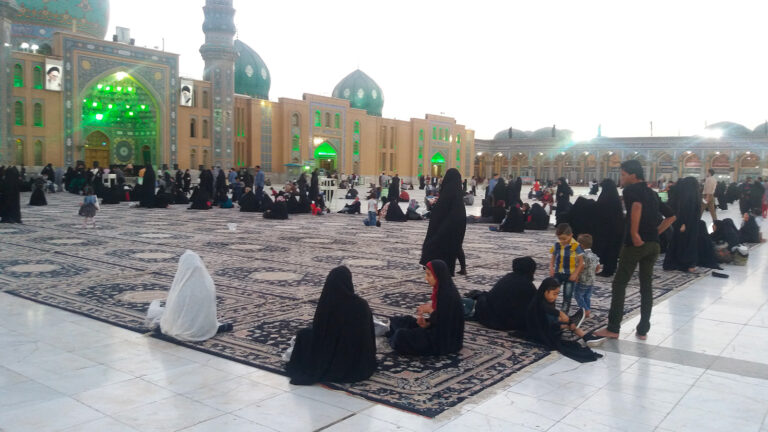
And some mosques are also pilgrimage places, so you can see pilgrims’ tents pitched right near the main entrance.

Shiite clergy ministers are the Mullahs, easily recognizable by their tunic and tipical turban.
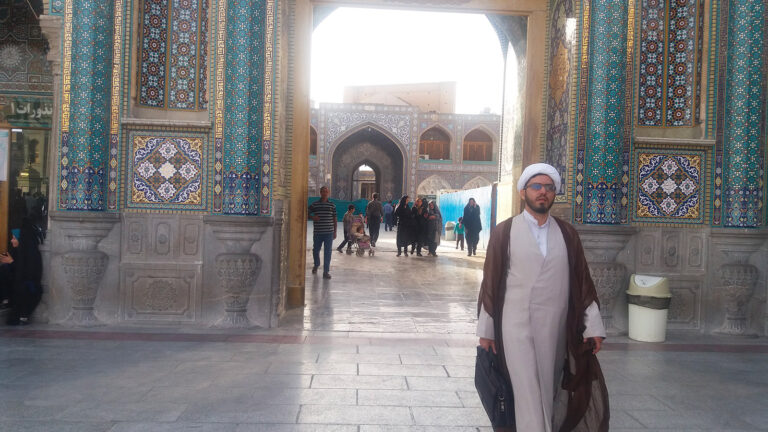
Society
Religion has an important influence on society. A series of obligations and prohibitions desired by current leadership derive from religion.
For example I chose to show the photo below because in Iran would be forbidden hold hands.
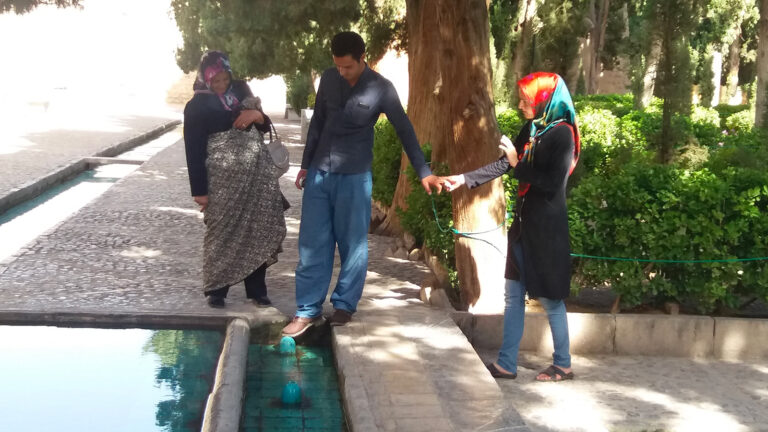
But nowadays it is tolerated that husband and wife do it, while public display of affection is strictly forbidden.
But even less … for example in Iran men and women greet each other without touching; cheek kiss, typical of western countries, is unthinkable and even handshake is not so frequent. Handshaking with a man who is not on familiar terms, can give an idea of a sexually available woman.
Here is a list of other obligations or prohibitions; some apply only to women, others to everyone
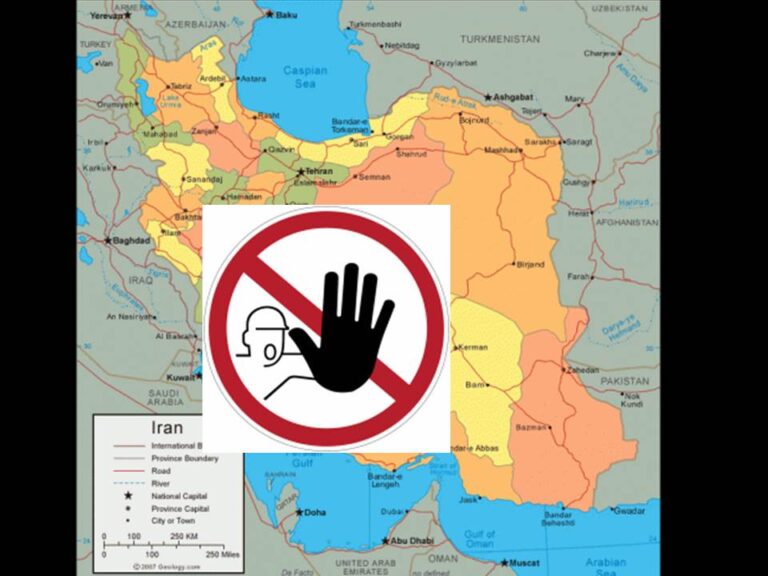
To women:
Wearing veil is obligatory ; hijab which is a scarf covering only hair is sufficient
Wearing loose clothes that hide body shapes is obligatory; (for men long trousers are mandatory)
Ban on singing
Ban on cycling
Ban on going to the stadium (see the movie “Offside” by Iranian director Jafar Panahi)
To everyone:
Ban on dancing (men can dance during religious celebrations).
Music not approved by the government is forbidden
Social media are forbidden.
Homosexuality, alcohol, and drugs are forbidden.
I have seen a country split between a modern soul that, despite being religious, poorly bear these restrictions and a conservative soul that instead feel these restrictions as a part of their own tradition and recognize themselves in them
Some women dress on border line of what is tolerated: they wear the scarf very backward so more hair can be seen and, under loose clothing, wear tight jeans.
But others, wear chador, the traditional dress that completely covers the body.
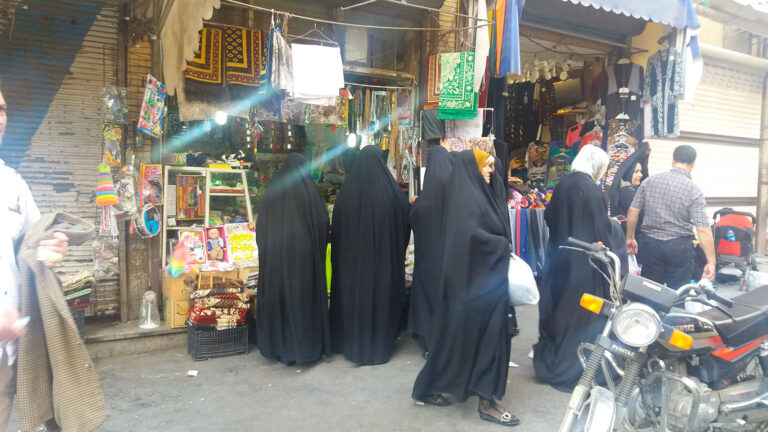
This photo, taken at the Tehran Bazaar, shows tight jeans exhibited alongside Chadors and symbolizes this close coexistence between people who think differently.
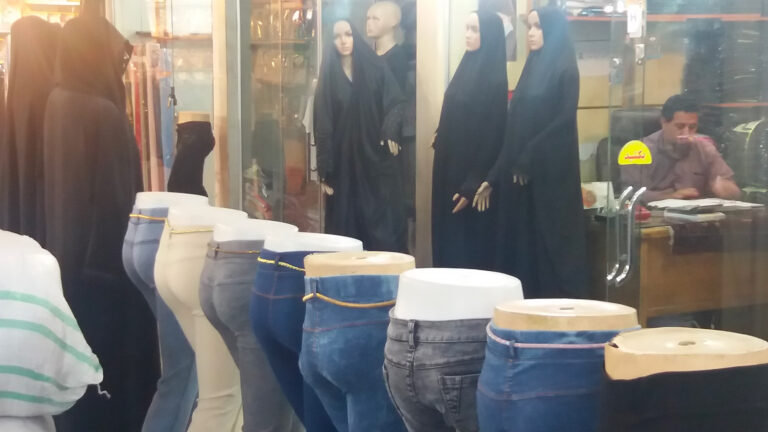
On my travels I met both types of people and I tried to figure out how many moderns and how many conservative there were
I tried to do that by looking at women’s clothing, and identifying women who wore the Chador as conservative.
But I realized that it is not so easy to get an idea, for example since many women are required to wear Chador at the workplace.
There are then rules that go beyond the prohibitions imposed by the current leadership, but seemed to be an integral part of the cultural fabric.
Once again they concern the woman and affectivity in general.
For this reason, I chose two photos of wedding photo books, taken at the Tehran bazaar, to talk about it.
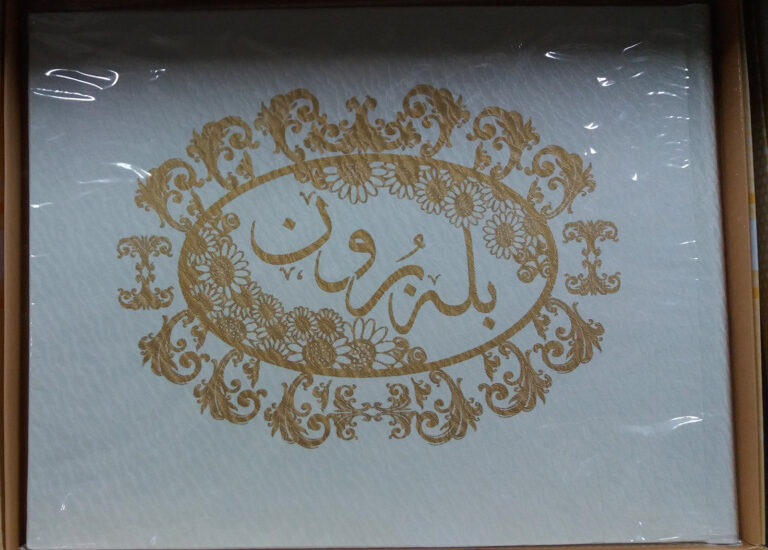
Girls have to live in the family until they get marry, because parents and male siblings must protect their reputation; afterward it will be up to the husband.
It is therefore unacceptable for a woman going to live alone or simply travelling alone.
Girls spend most of their free time at home with the family: parents, siblings and often with uncles and cousins.
To go out in their free time they must ask permission not only their parents, but also male siblings.
Weddings are generally proposed by families and is a custom to marry cousins.
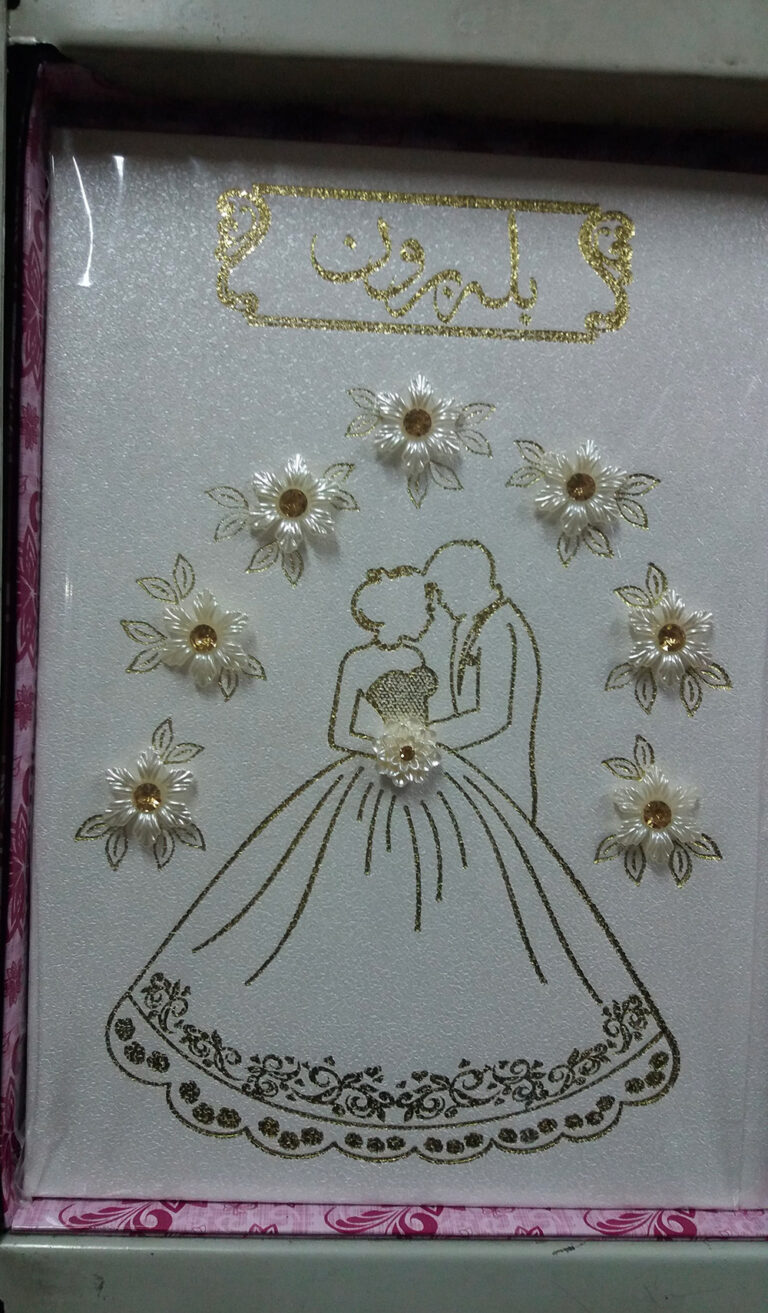
Love relationship before the wedding is not allowed. Nowadays, especially in Tehran, men and women are allowed to go out together as friends, provided they don’t touch each other and remain in public places. But if engagement takes place then the future spouses can no longer date except in the presence of their families; if this happens the same, police custody can take place.
But actually love relationships occur, but secretely, unbeknownst to families.
Sometimes these rules can be broken even with the agreement of the families, provided word not get out. Indeed the most important thing is that nobody badmouth.
On that you can see the movie “The client” by Iranian director Asghar Farhadi
Cuisine
I found a lot of difference between street food and home cooking.
There are a lot of fast food around where delicious sandwiches are prepared, like the one in the picture
Kebab is the typical Iranian dish and has nothing to do with the Turkish kebab, very common in Europe; You cannot have it in the fast food like in western countries, but it is served everywhere in the spartan or actual restaurants.
In the small Spartan restaurants, you stay pretty tight; tables are very close to the kitchen and there is a constant stream of people and waiters. The meal is served and eaten quickly and the tables are often shared among customers. The picture below shows the spartan restaurant located in the Isfahan bazaar.
But what struck me was that there are few actual restaurants and sometimes I had troubles finding them. May be the Iranians prefer meeting and eating in private houses, away from prying eyes.
Home cooking is delicious and very sophisticated. Rice, alone or mixed with meat or legumes, accompanies all dishes.
In the houses, everyone eats together sitting on the ground, placing the dishes on a cloth lying on the carpet.
And at the end of the meal or for snack , always dates and pomegranate are available
From cities to villages
The recurring elements of Iranian cities are: the square, the mosque, the caravanserai and the bazaar.
This is the Naqsh-e jahàn square, the second largest in the world, located in Isfahan.
On summer evenings is crowd by Iranians having picnic sitting on carpets.
Caravanserai was originally the building where camel caravans stopped to rest.
Now it often hosts the bazaar which is the commercial heart of the city.
Bazaars can be huge and are divided into sectors; so shopping is not easy because you have to move a lot to find stuff and it is important to know where the sectors you are interested in are, otherwise you go around in circles. For example, in Tehran bazaar you could lose youreslf in an area where there is nothing but watch buckles.
Bazaars can be huge and are divided into sectors; so shopping is not easy because you have to move a lot to find stuff and it is important to know where the sectors you are interested in are, otherwise you go around in circles. For example, in Tehran bazaar you could lose youreslf in an area where there is nothing but watch buckles.
Some cities host the Persian garden, declared a UNESCO World Heritage Site.
The photo below shows the Yadz one.
Then there are the desert towns,
whose skyline is dominated by the Badgir (wind towers), which are natural cooling systems for houses:
Inside, towers are divided into channels so that there is always one exposed to the wind, through which fresh air enters the house and causes the warm air to come out from another channel.
Then there are the yakhchals (meaning “ice pit” in Persian), which were used to store ice and food.
Under the dome a huge basin is built into the ground, made of thick and waterproof walls. The basin is in communication with the water supply channels from the aquifers and often also with the wind towers.
All these air-conditioning systems don’t require electricity to work.
In the villages, the older houses are made of raw bricks, that is, clay pressed together with sand, straw and maybe even manure, formed in brick and then left to dry in the sun instead of in the oven.
Finally, there are the mountain villages.
Very well known is the pre-Islamic village Abyaneh, destination for local and foreign tourism
Instead, unknown to tourism but beautiful, Atan, the village where I was hosted, lost in the Elburz mountains
Houses are built so close each other on the slope , that the roof of a house acts as a terrace to the one above.
Travel to Iran
Bus is the most used and cheapest means of transport. Long distance ones are very efficient, comfortable and clean.
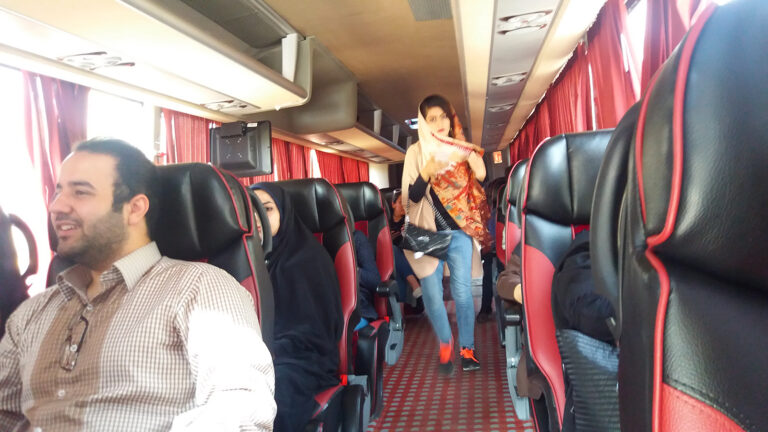
The price always includes drinking and a snack.
Urban and suburban buses are more rickety and have a women restricted area, not available instead on long-distance buses, where usually the conductor provides for make move people.
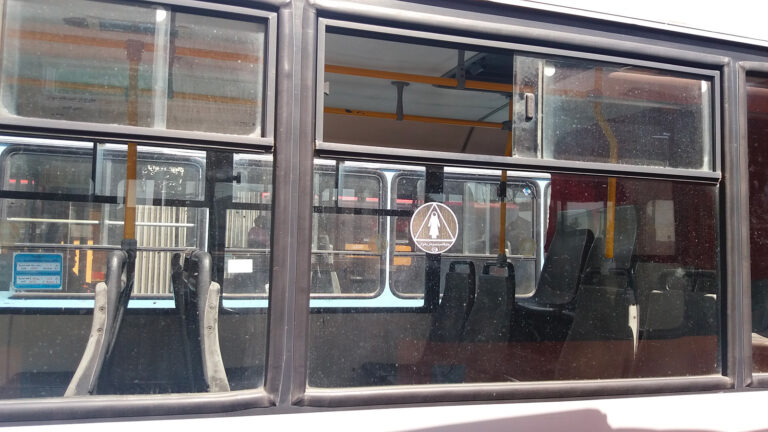
Taxi is also widely used, and is very cheap.
On long distance trips, the driver (don’t expect him to speak English), will offer you hot tea in a probably not spotless glass.
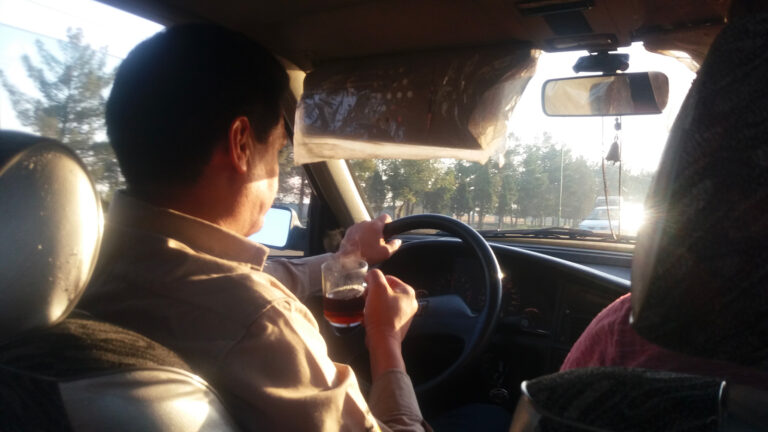
And in the service areas he will get boiling water to stock up.
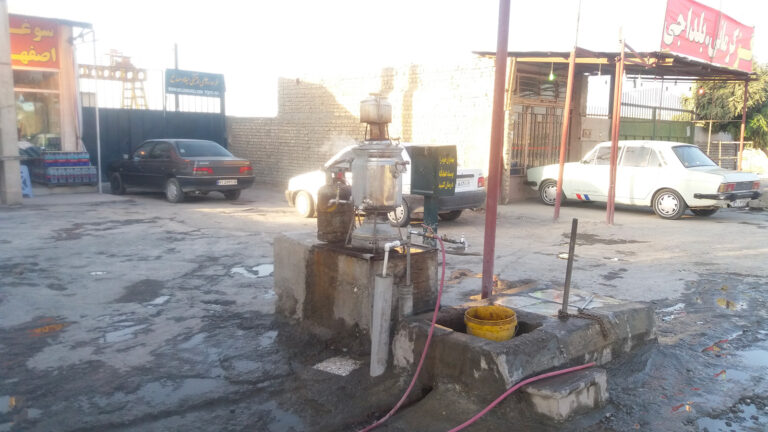
Tehran has a very efficient subway, with carriages reserved to women. Don’t expect to find the classic M symbol at the station entrance.
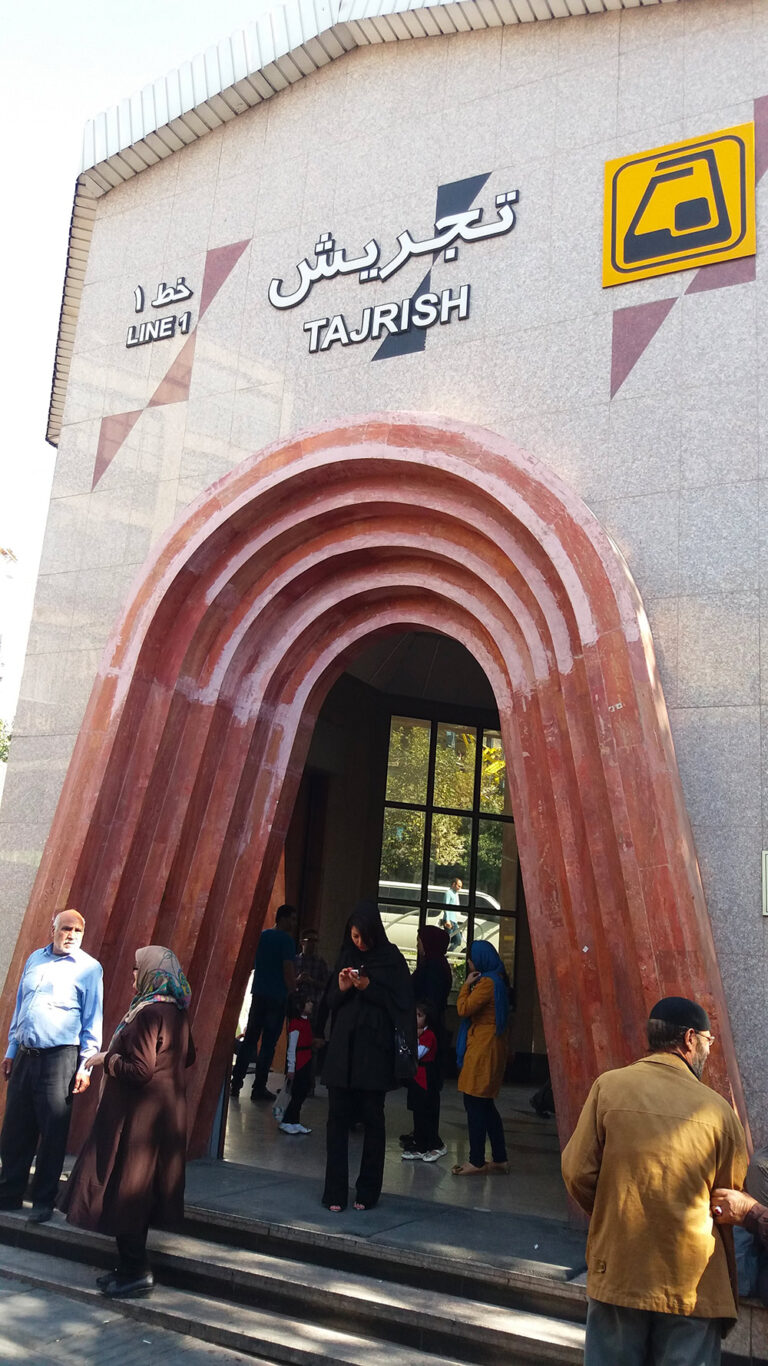
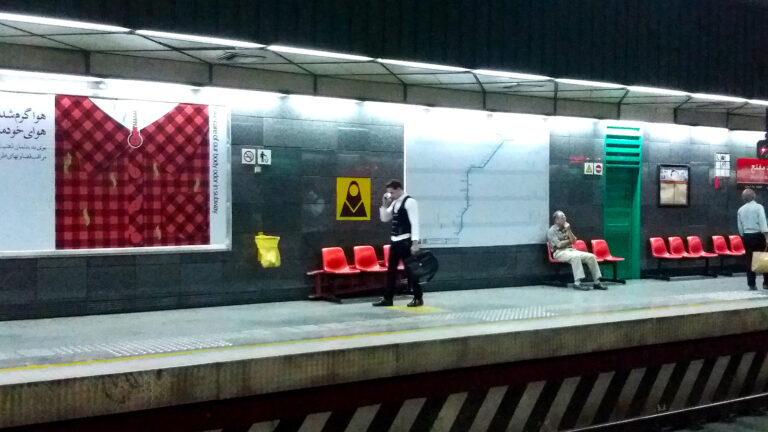
Click on the video to see the route of my first trip to Iran on september 2016. In the second I mostly stayed in Tehran and Isfahan
Below instead the day by day route
| 1 | sat | Milano Tehran |
| 2 | sun | Tehran |
| 3 | mon | Tehran (nord) |
| 4 | tue | Tehran – Qazvin |
| 5 | wed | Qazvin – valle Alamut – Atan |
| 6 | thu | Atan- Qazvin- Isfahan |
| 7 | fri | Isfahan |
| 8 | sat | Isfahan – Meybod -Yazd |
| 9 | sun | Yadz –Khur –oasi di Mesr |
| 10 | mon | Oasi di Mesr |
| 11 | tue | Mesr –Khur-salt lake-kashan |
| 12 | wed | kashan |
| 13 | thu | Kashan -Qom -kashan |
| 14 | fri | Kashan-Abyaneh-Freezhand-Tehran |
| 15 | sat | Tehran – Milano |
